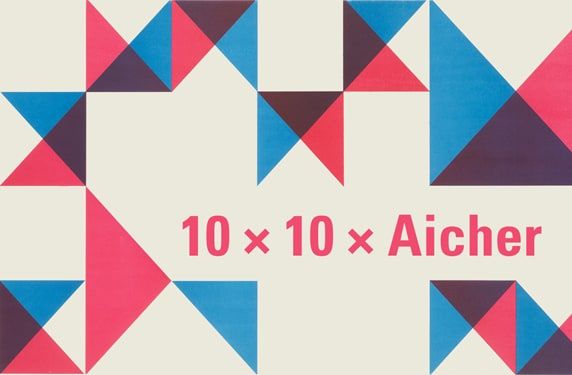What’s become of Otl Aicher’s former abode? A visit to the Allgäu.
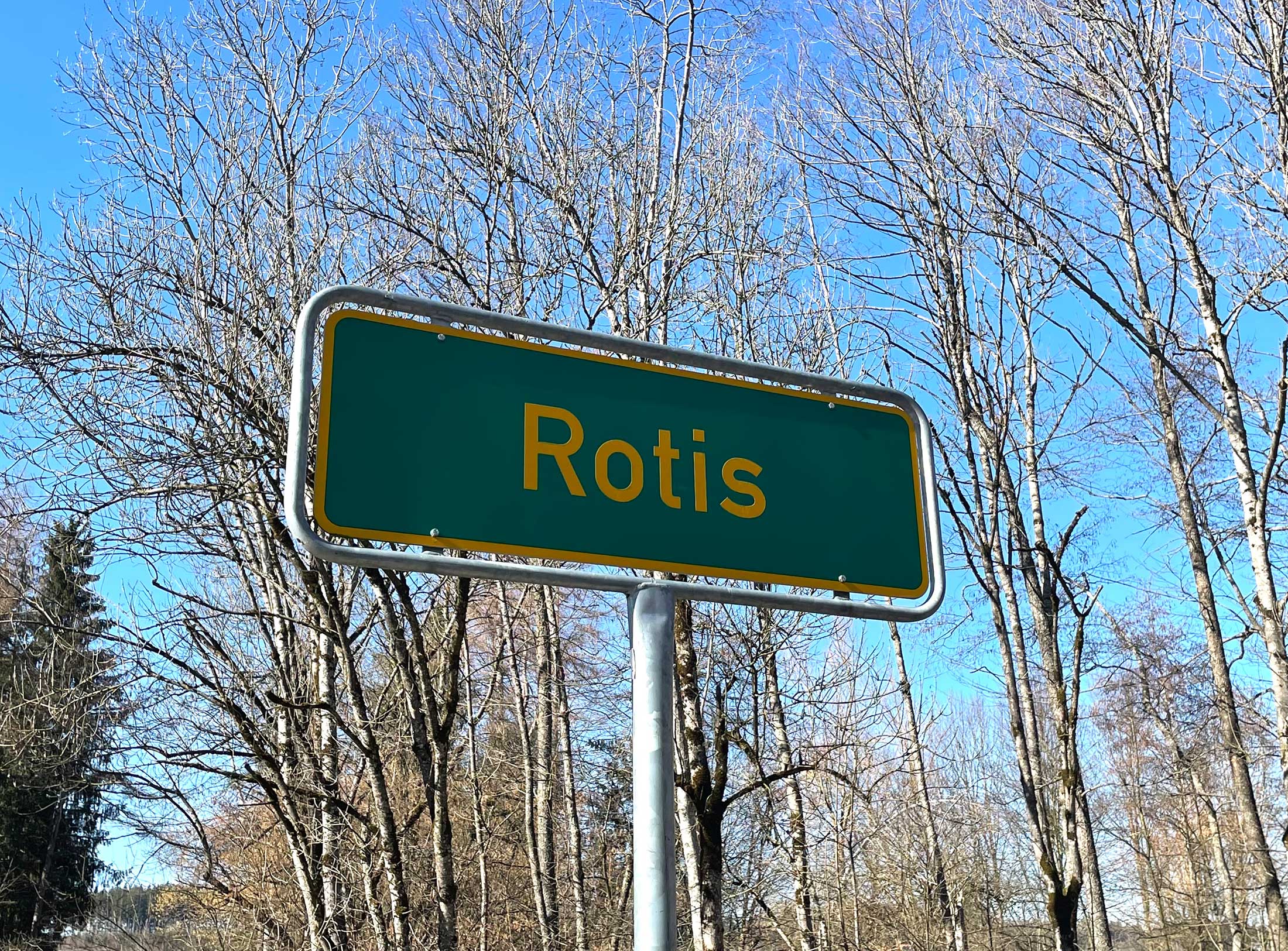

What’s become of Otl Aicher’s former abode? A visit to the Allgäu.
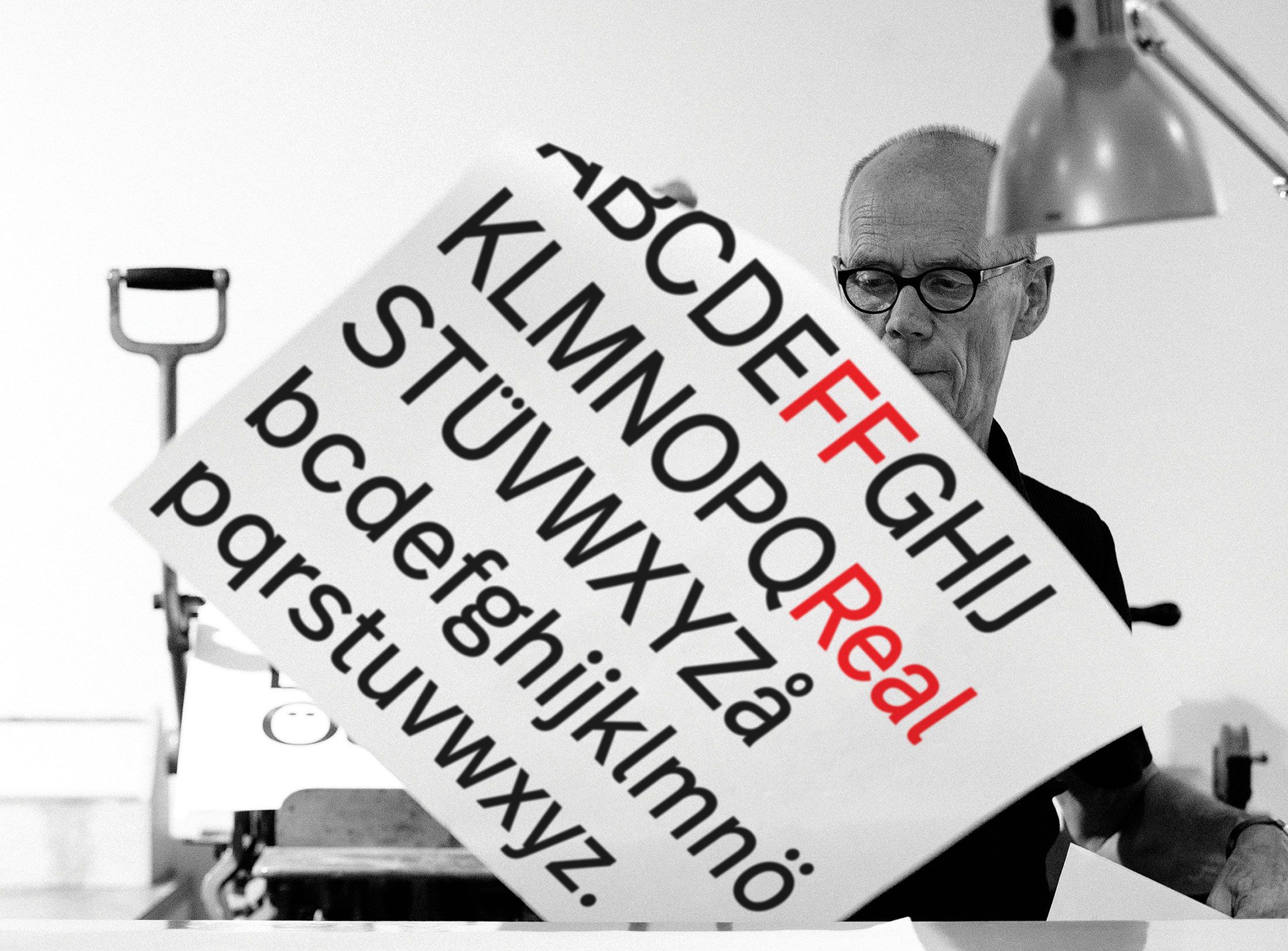
Interviewed: Erik Spiekermann, type designer, author and Aicher critic.
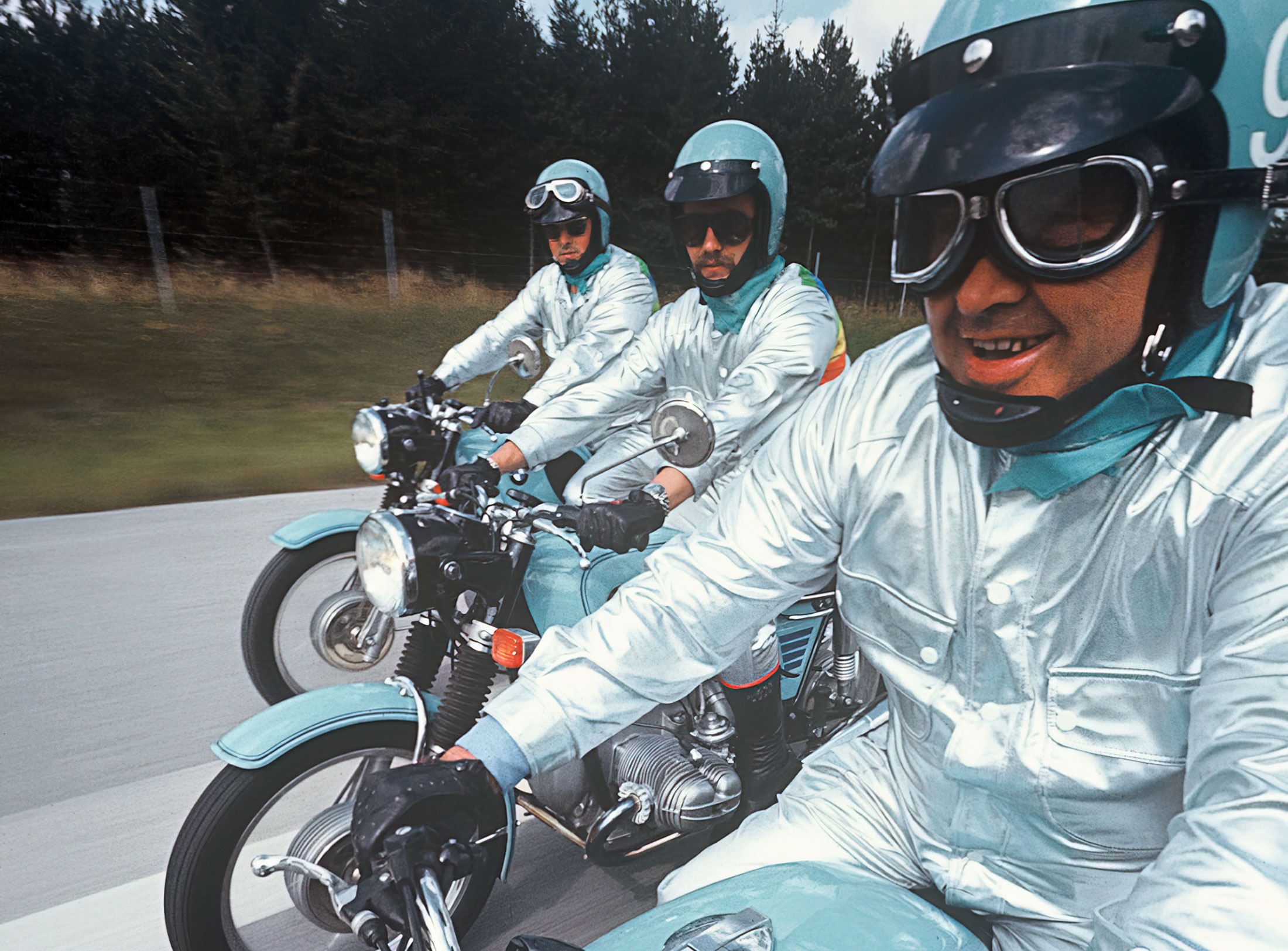
Technology: a central notion and fixed point of perspective in the work of Otl Aicher.
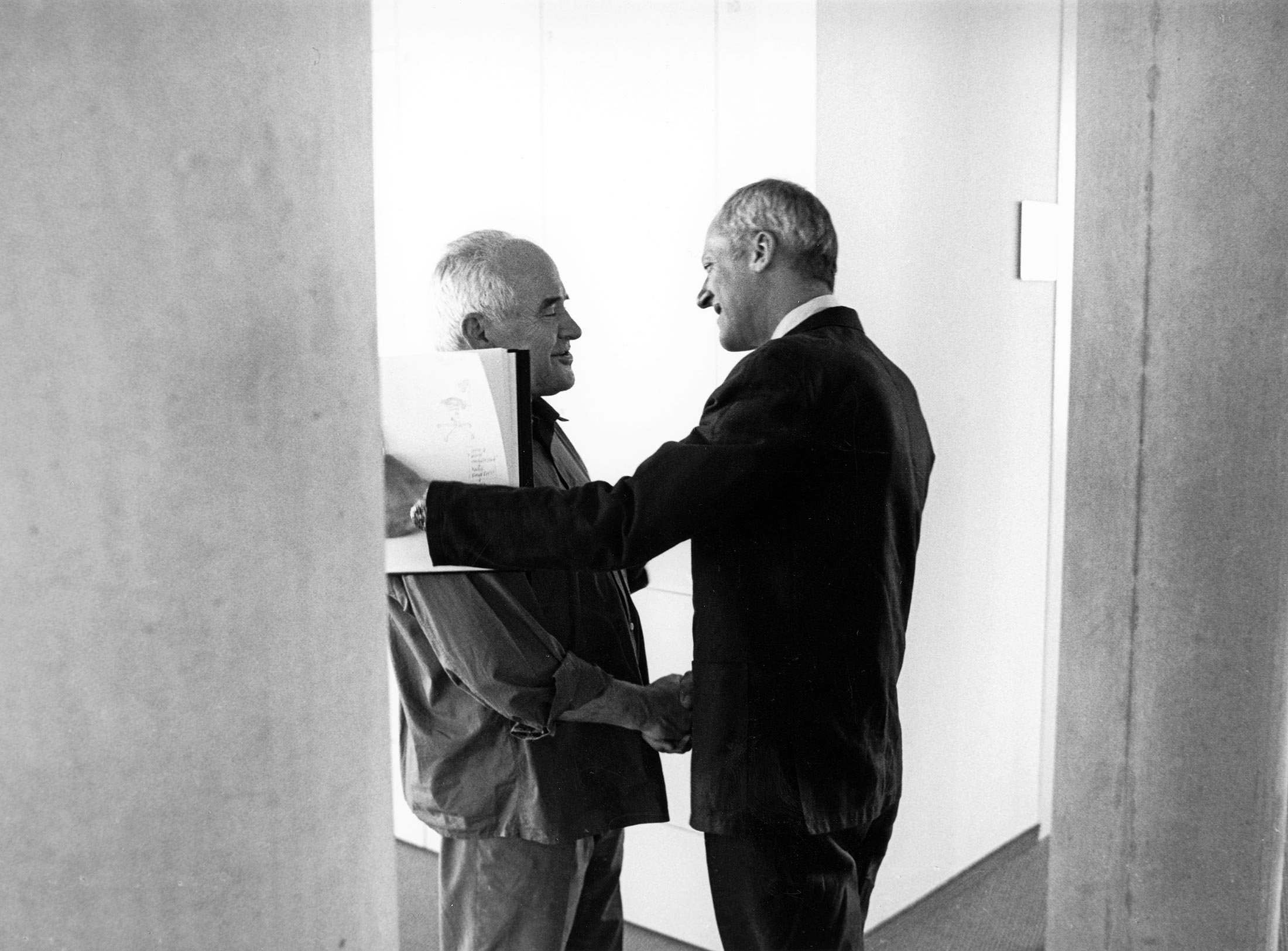
The British architect Norman Foster on his friendship with Otl Aicher: He had absolute integrity.
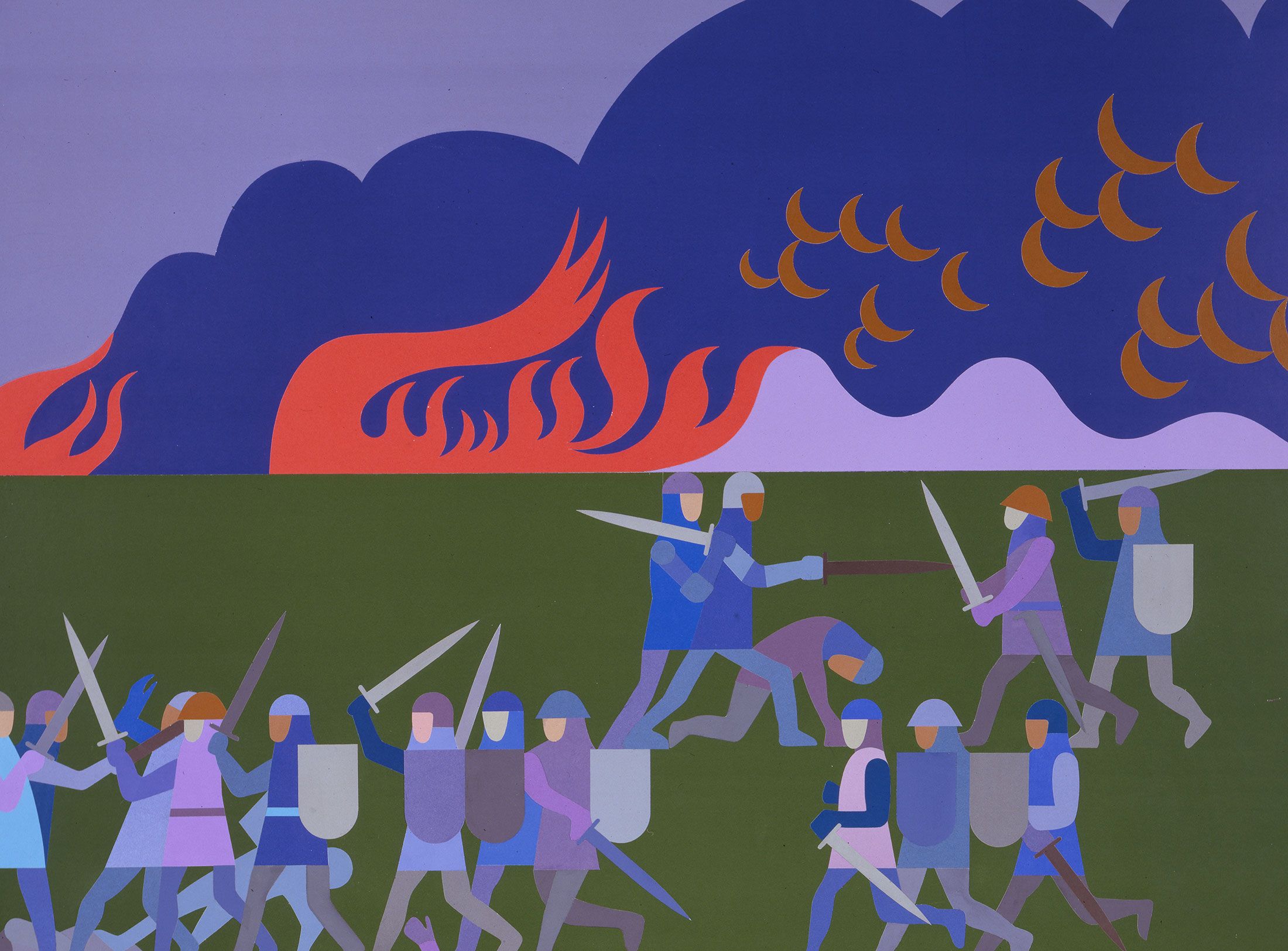
Thoughts on the colour palettes of Otl Aicher.
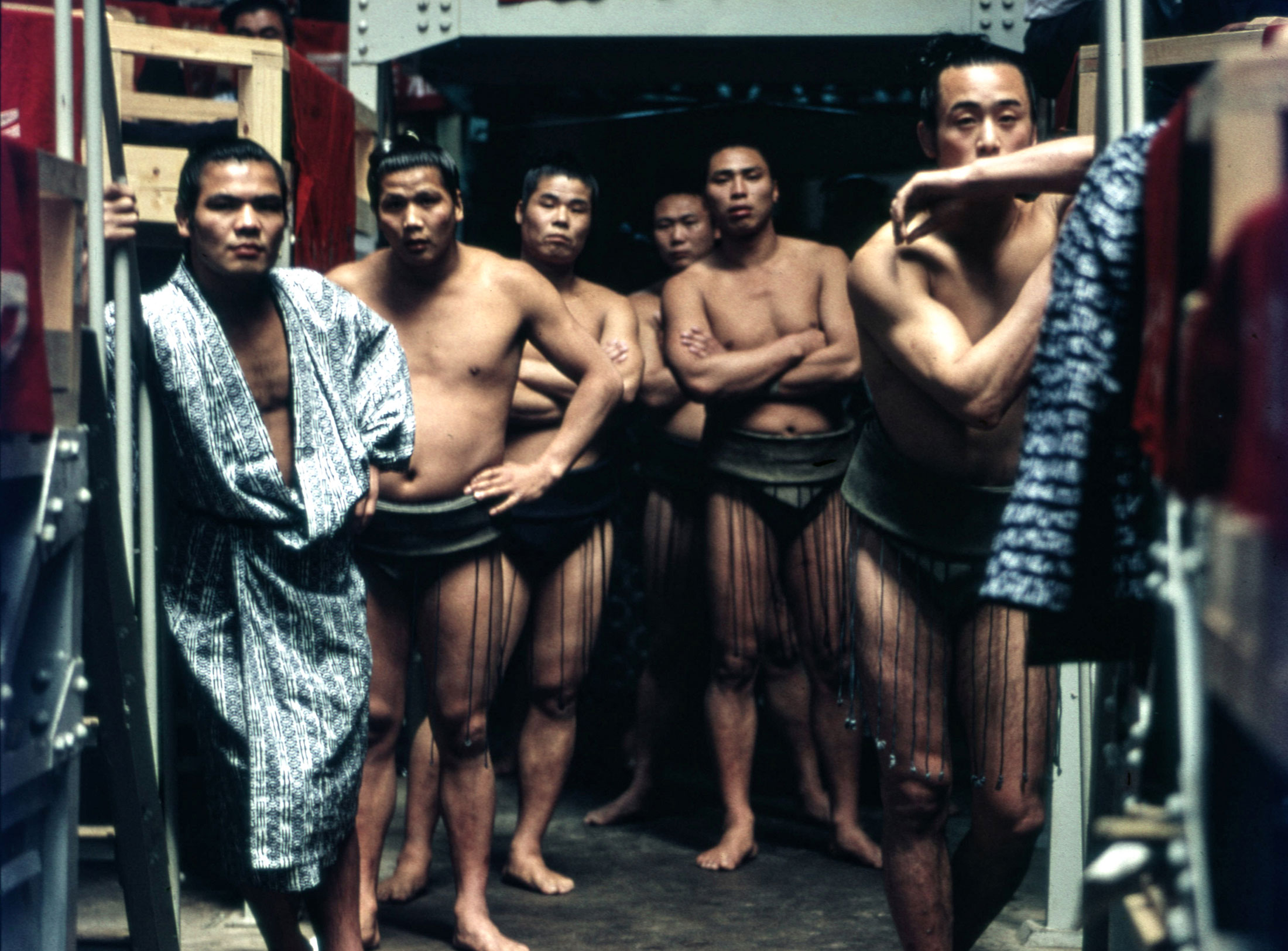
Absolute sharpness, reduction and strict rules determine the character of his pictures: Otl Aicher as photographer.
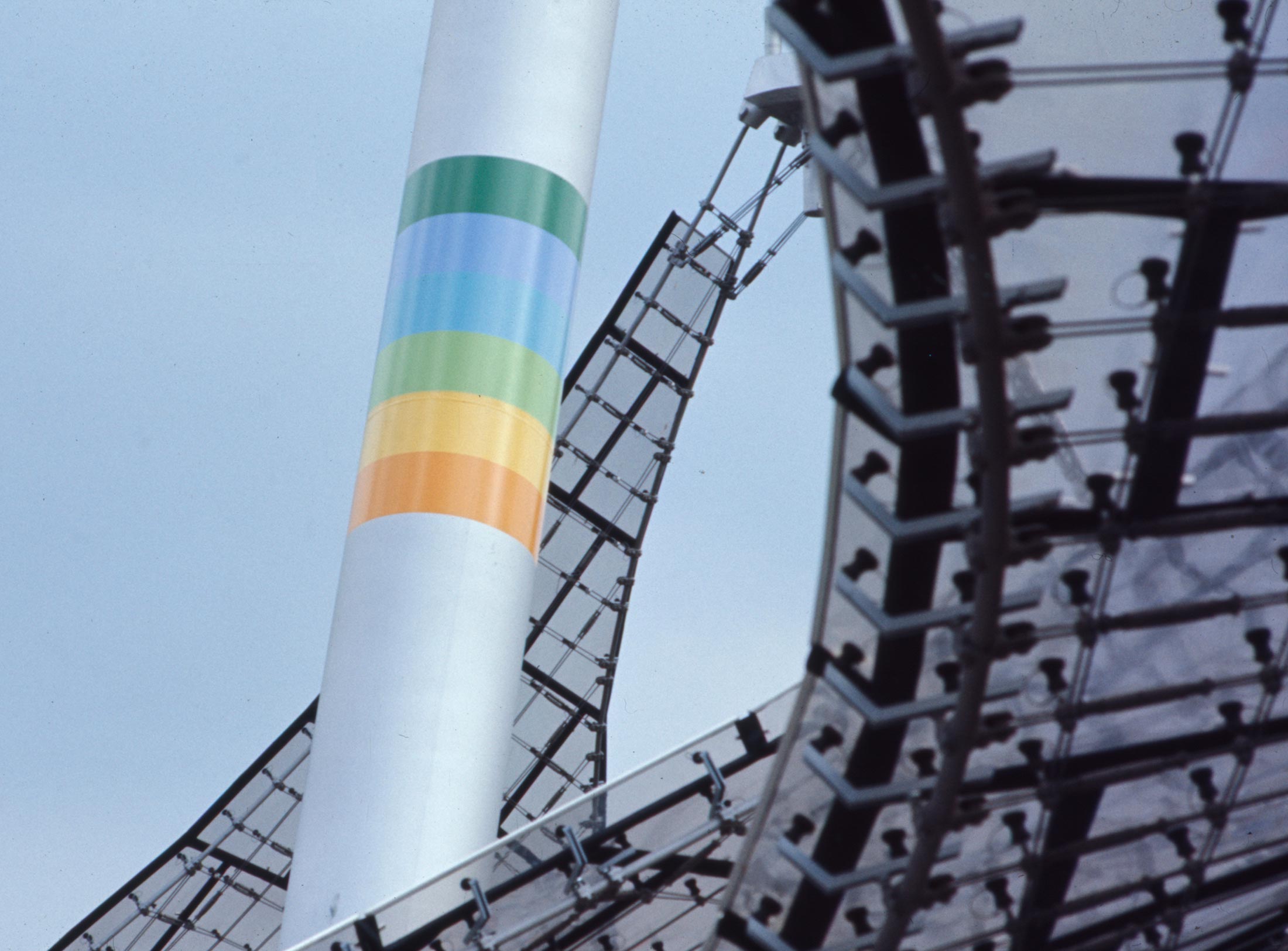
Under Otl Aicher’s direction, designers, architects and landscape planners shaped the face of the Olympic Games 1972.
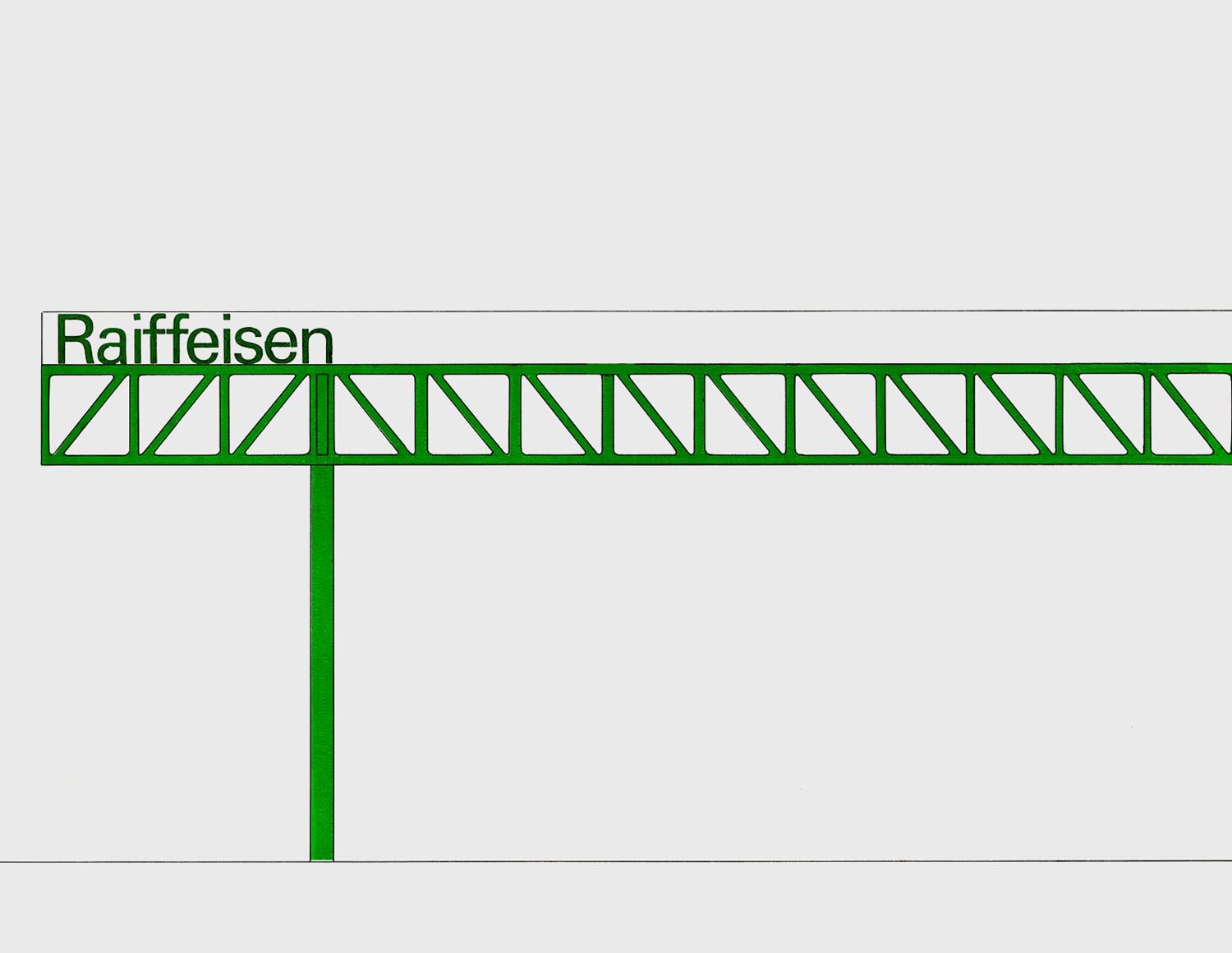
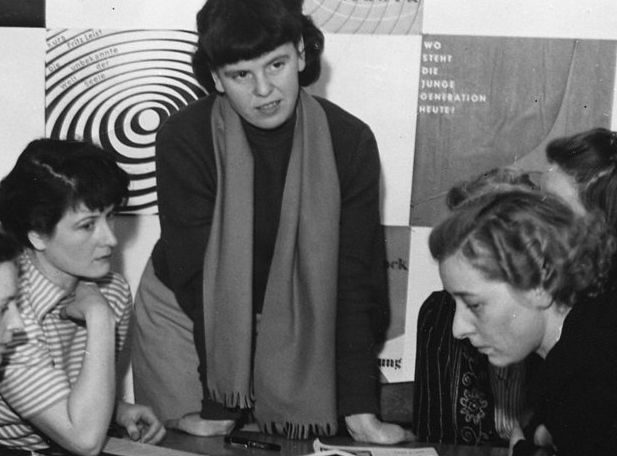
Inge Aicher-Scholl preserved the legacy of the White Rose.
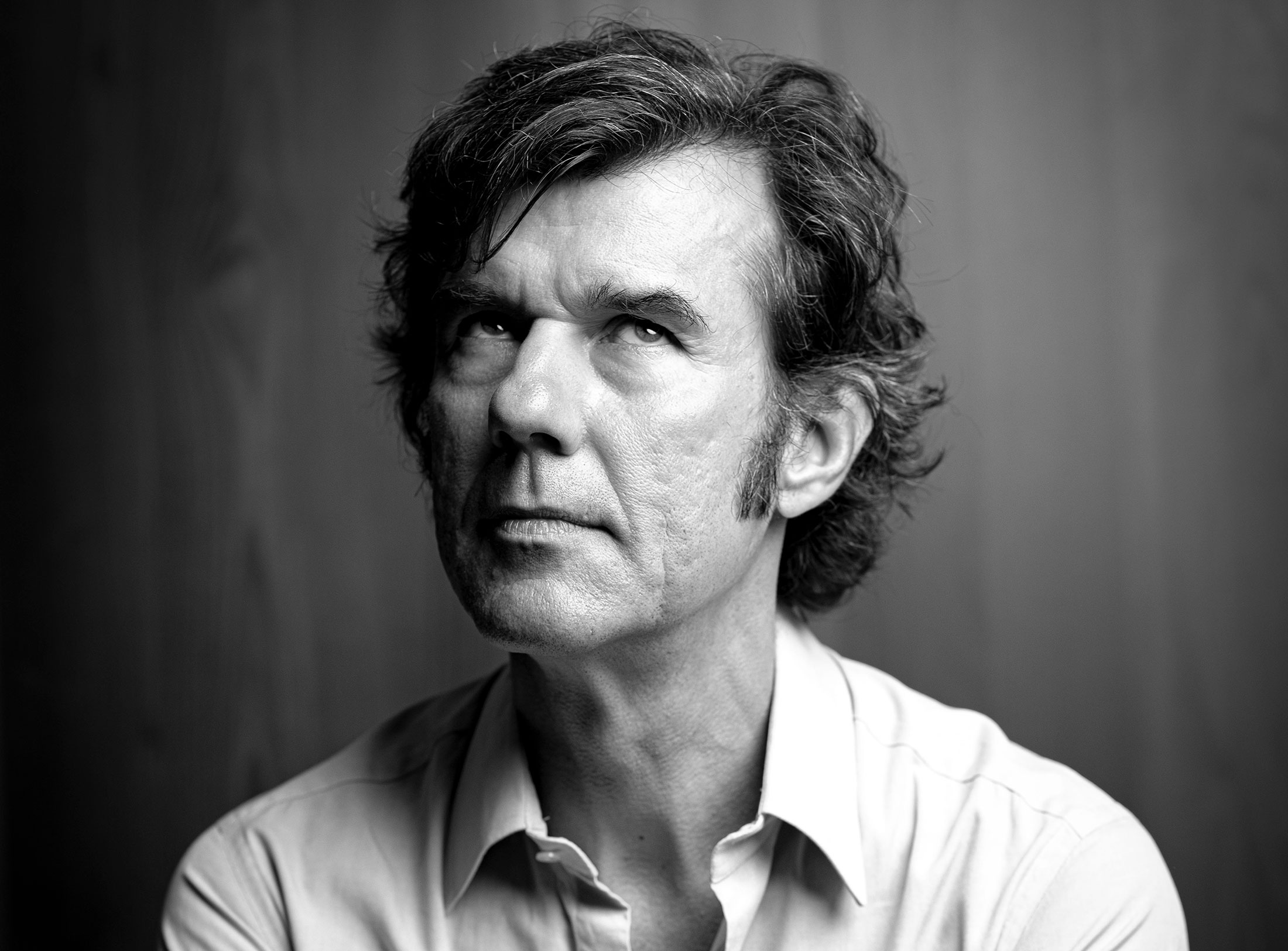
An interview with design icon Stefan Sagmeister about typefaces, beauty and the legacy of Otl Aicher.
The International Design Center Berlin (IDZ) invites you to a slide show and panel talk at Architektur Galerie Berlin on 20 October. Karsten de Riese and Prof. Michael Klar will report on a photo reportage commissioned by BMW that took them to Tunisia in 1975 together...
On the occasion of the 50th anniversary of the 1972 Olympic Games, the IDZ invites you to a discussion on the vision of the Munich Games and the status quo as well as the future of the Olympic movement on 26 August. The event at Berlin’s Akademie der Künste on Pariser...
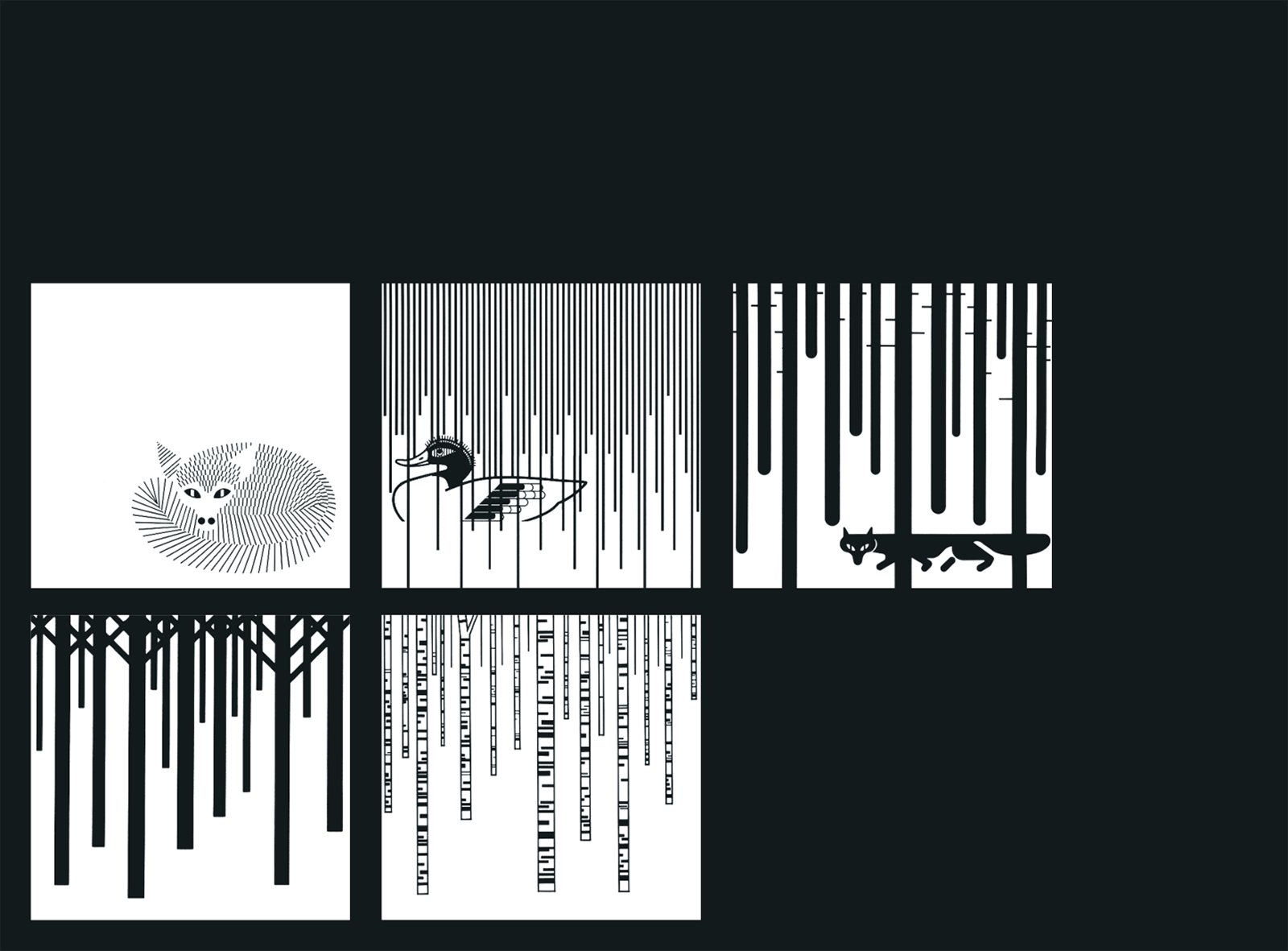
Isny im Allgäu owes Otl Aicher a corporate design that is concise, bold and singular.
With a retrospective of Otl Aicher’s book “kritik am auto – schwierige verteidigung des autos gegen seine anbeter” (Criticism of the Car – Difficult Defence of the Car against its Worshippers) published in 1984, the IDZ continues its series of events on the “otl...
Today marks the centenary of Otl Aicher’s birth. The International Design Center Berlin (IDZ) is taking this date as an opportunity to pay tribute to this great designer. With otlaicher100.de, a new online platform is being launched – a curated space that provides...
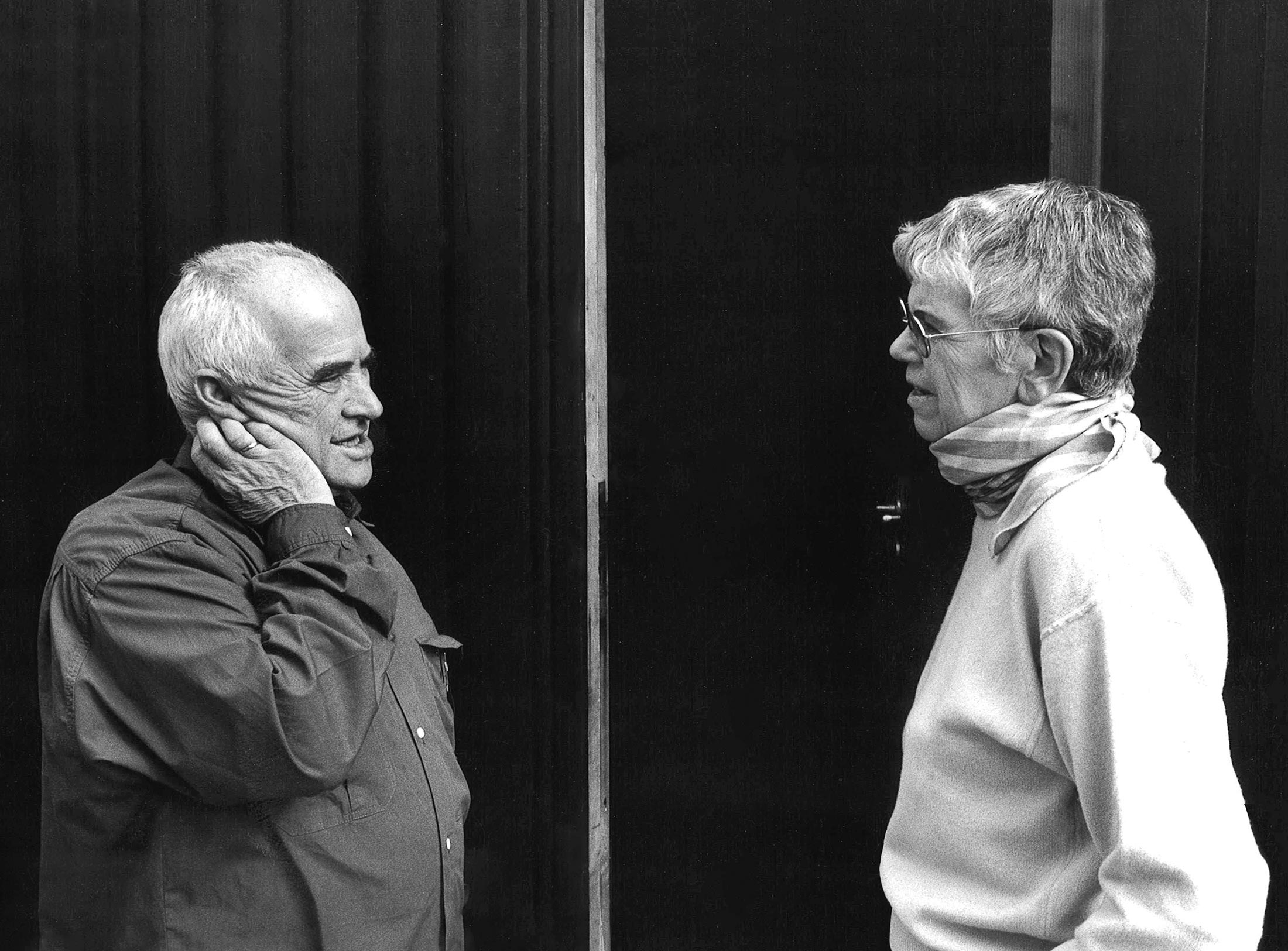
Reflections on Inge Aicher-Scholl and Otl Aicher.
The International Design Center Berlin (IDZ) is taking Otl Aicher’s centenary as an opportunity to pay tribute to this great designer and to make his work visible. An online platform and a series of events will address Otl Aicher’s multifaceted cosmos of topics and...
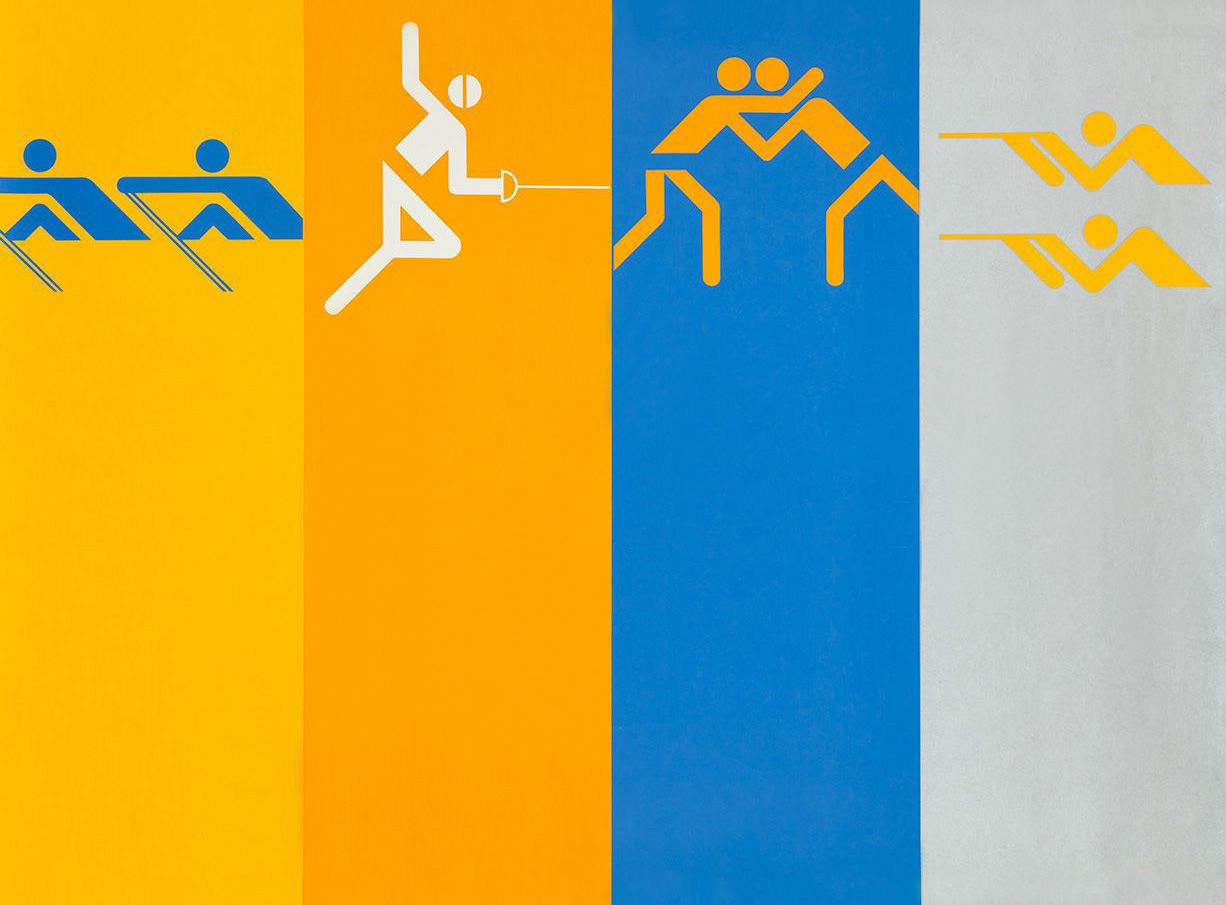
Eine Stadt leuchtet: Mit seinem farbenfrohen Erscheinungsbild der XX. Olympischen Sommerspiele 1972 setzte Otl Aicher ein Signal. Die junge Bundesrepublik war in der Moderne angekommen.
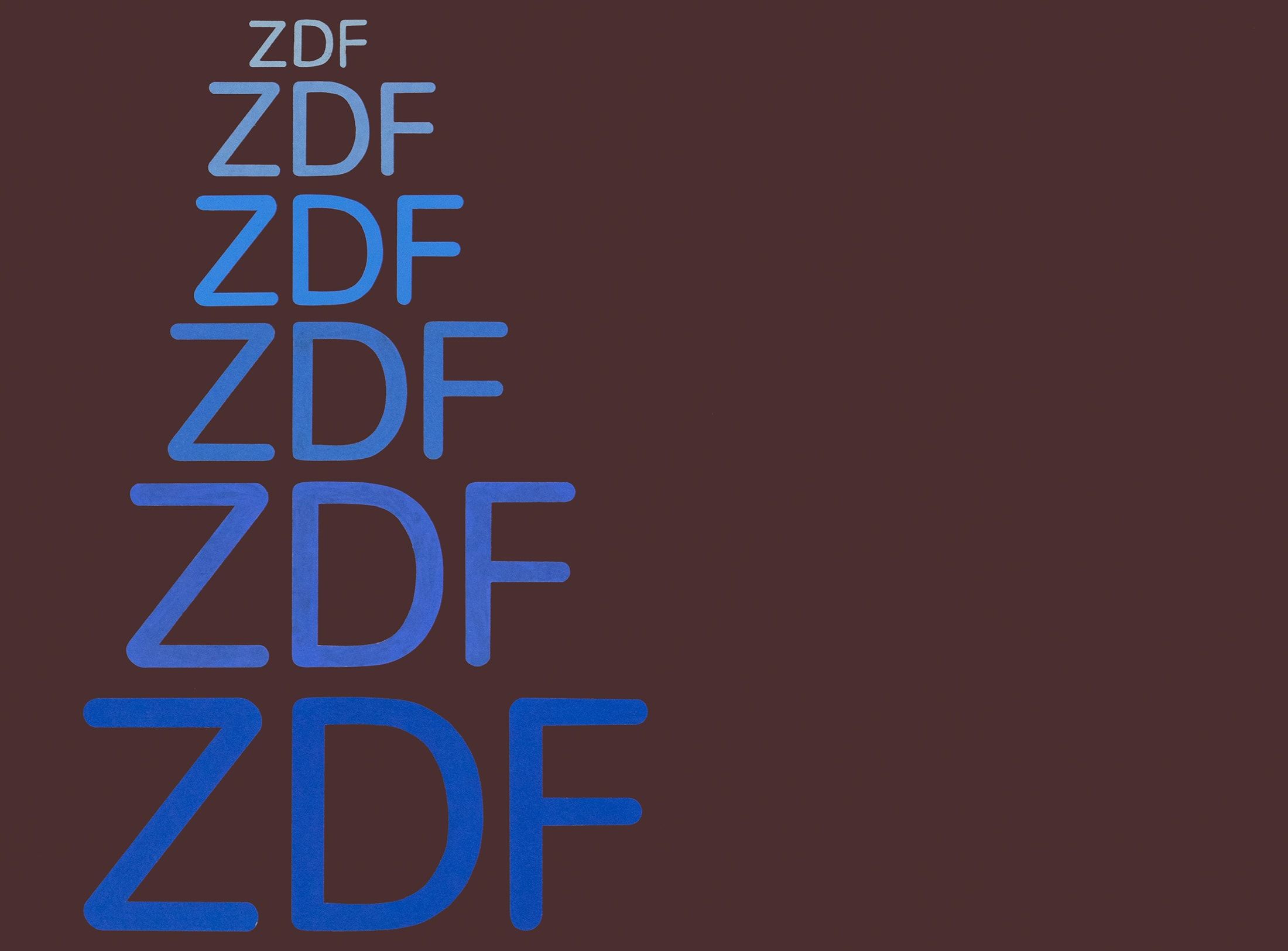
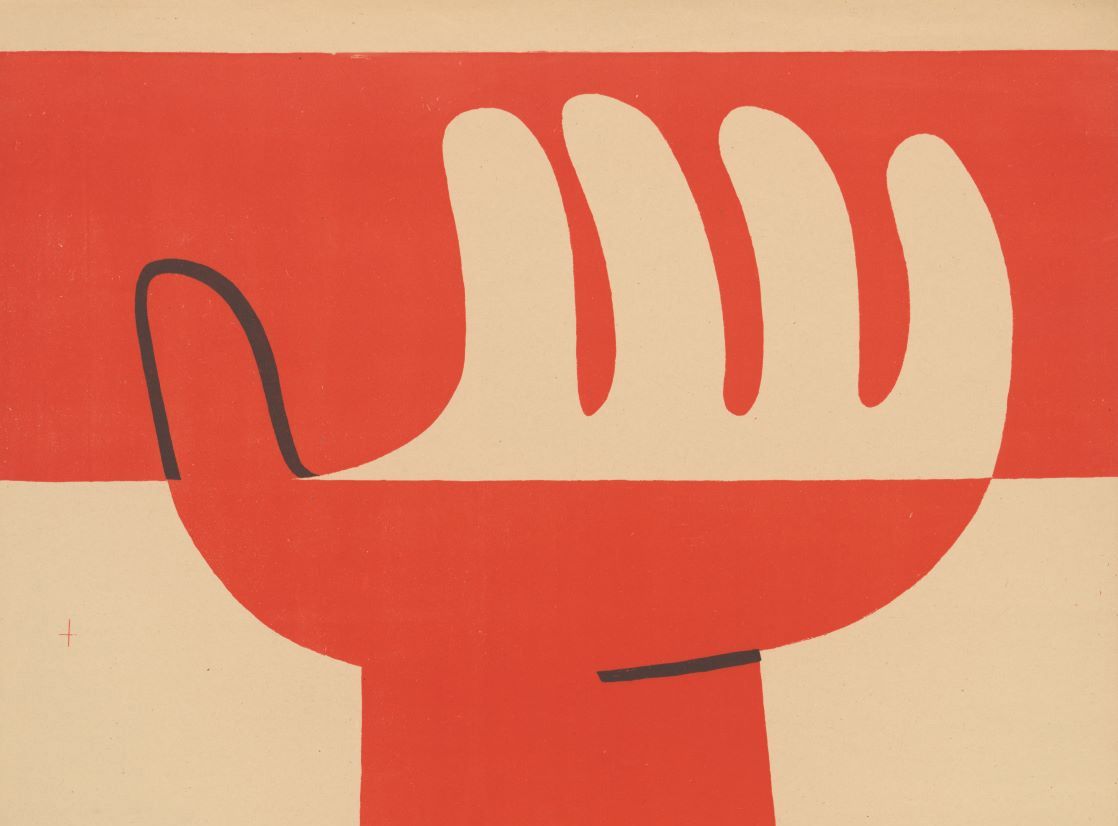
Otl Aicher’s Poster displays for the Ulmer Volkshochschule (Ulm Adult Education Centre).
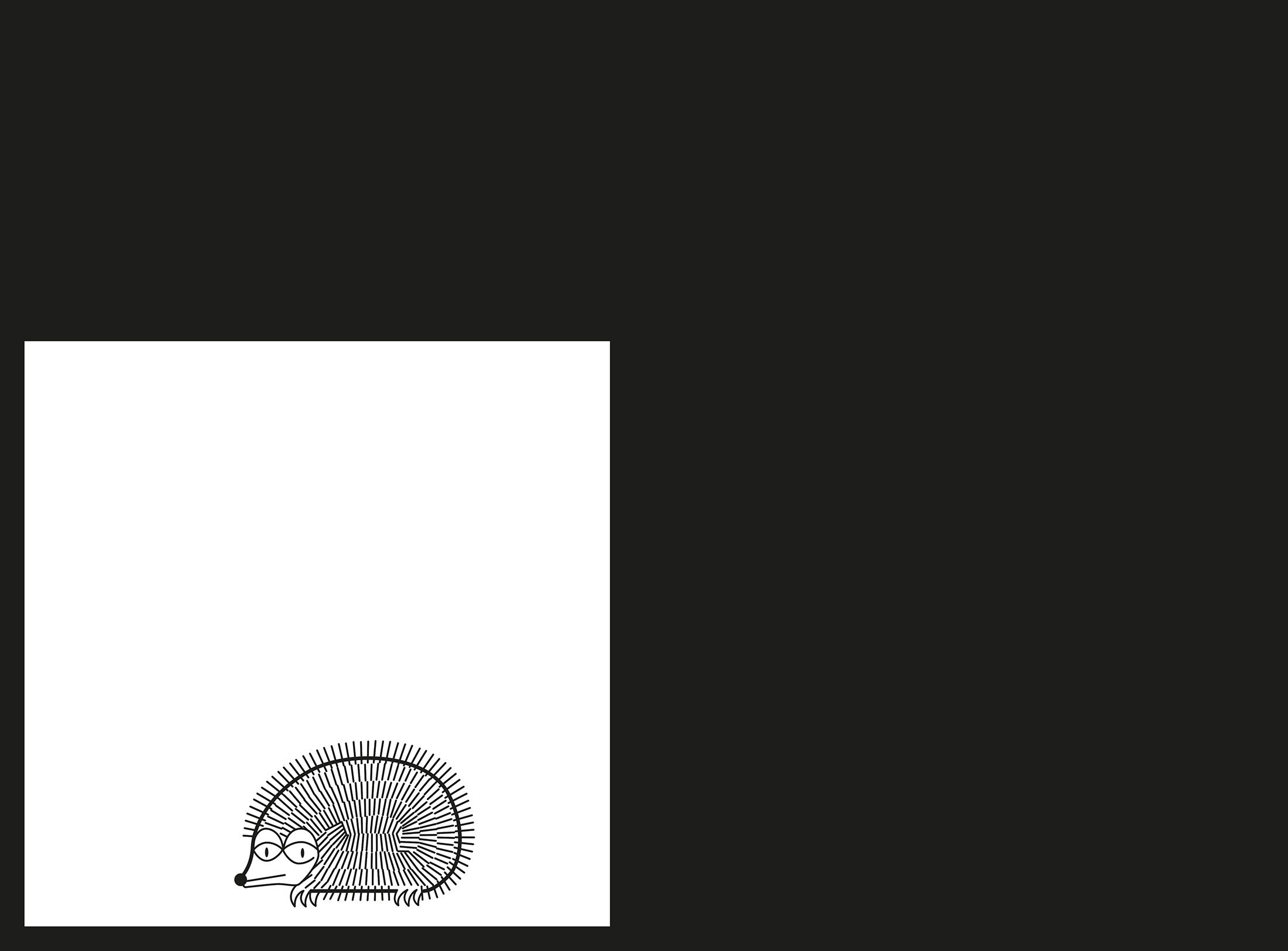
From O to R: Let’s talk about a hedgehog, standardisation and neurotis for a change (please click on the letters).
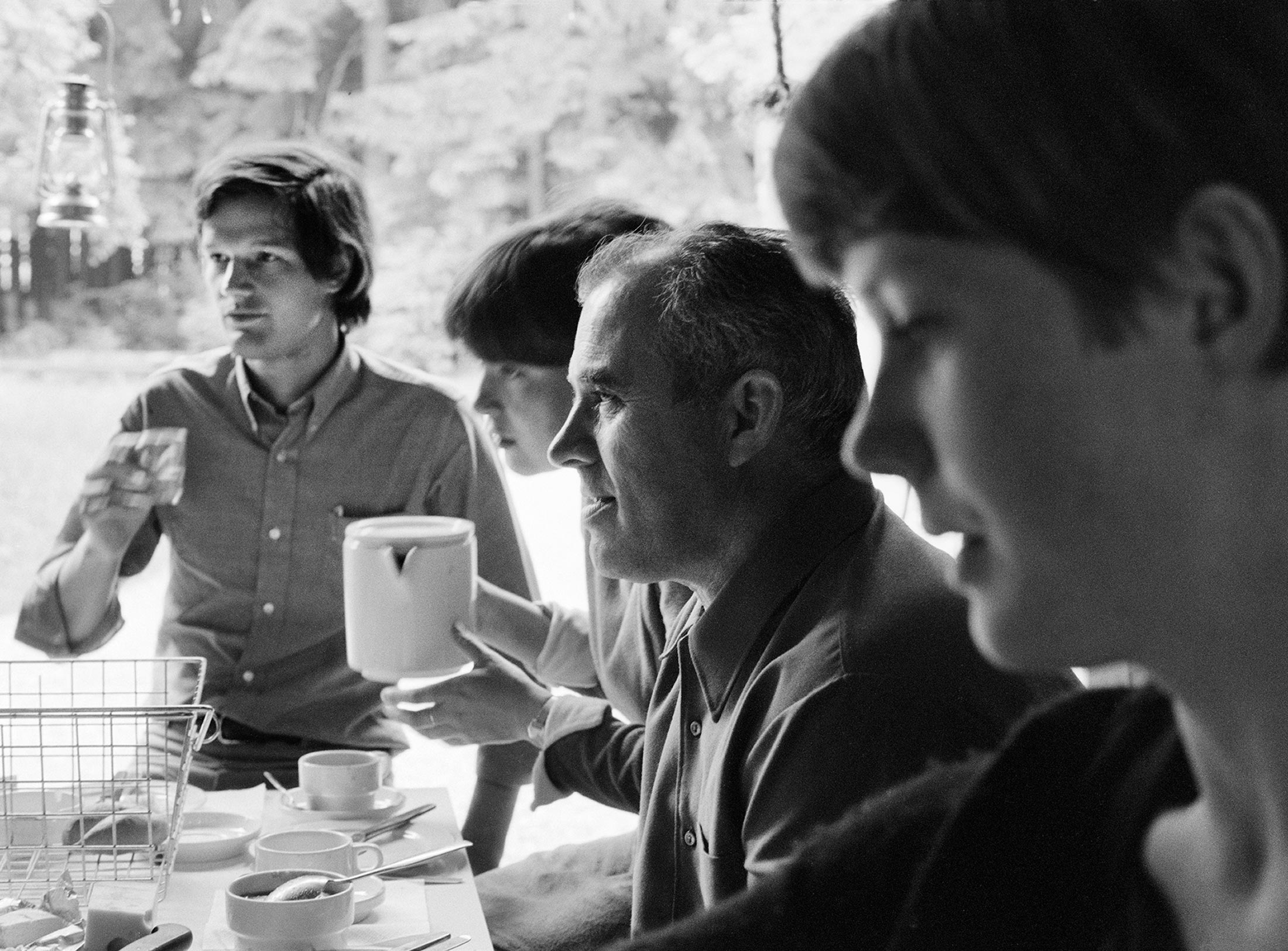
Otl Aicher’s Dept. XI team: the visual identity of the Munich ’72 Olympics was the work of graphic designers, illustrators and technical staff from all over the world.
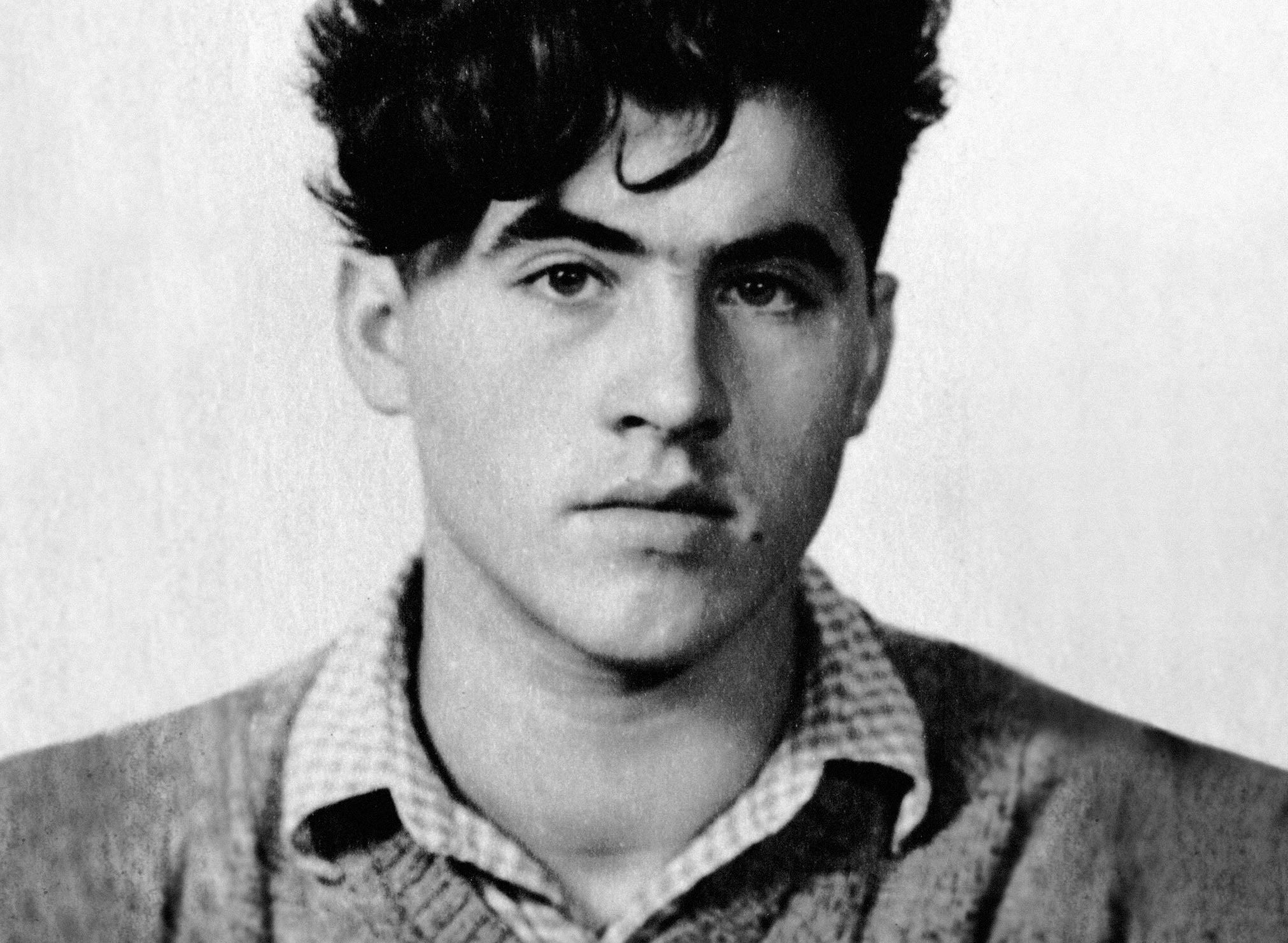
Aicher’s childhood and youth: the years 1922 to 1945.
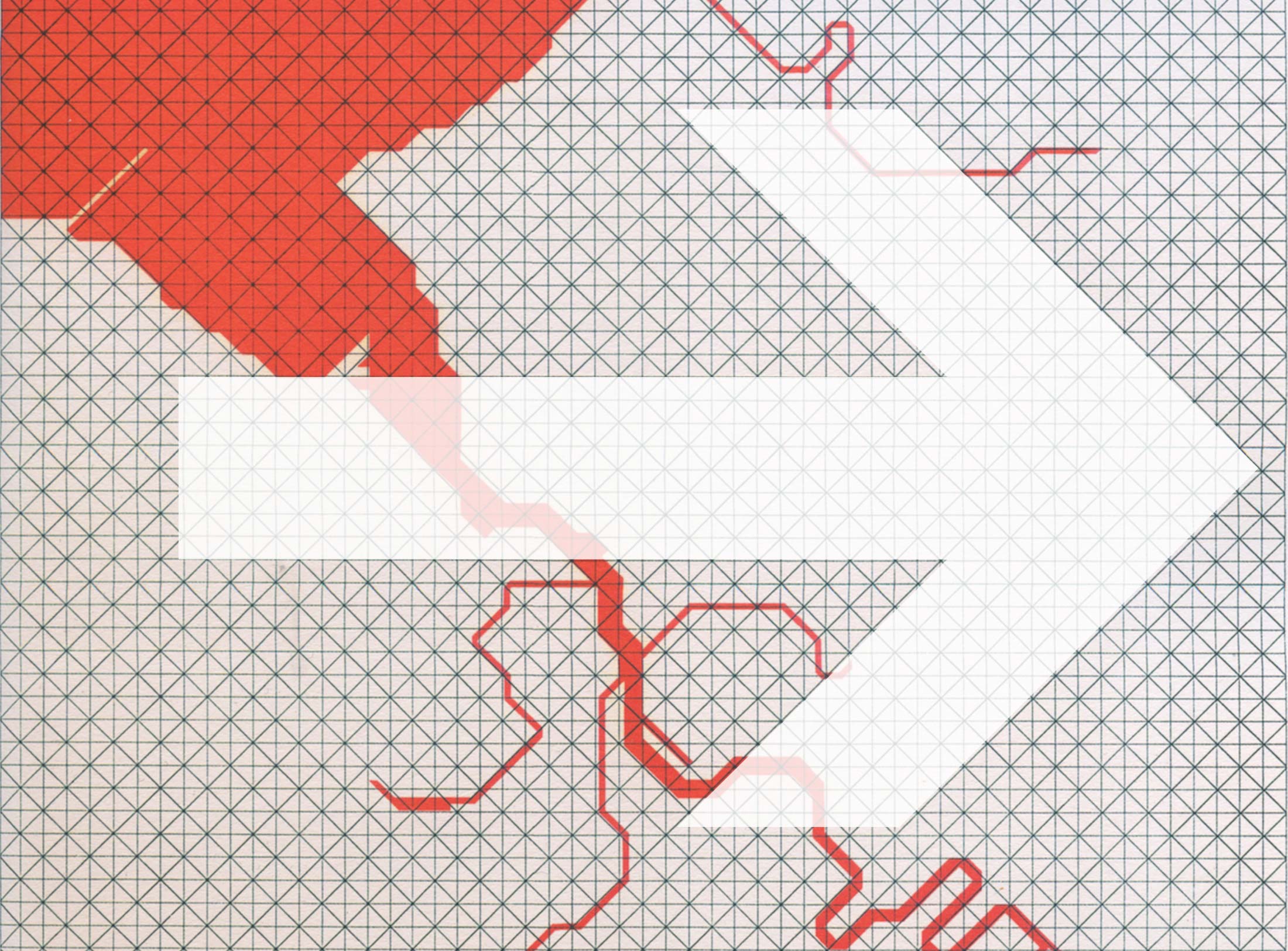
Otl Aicher’s signage systems for airports, metro stations and hospitals are considered exemplary to this day.
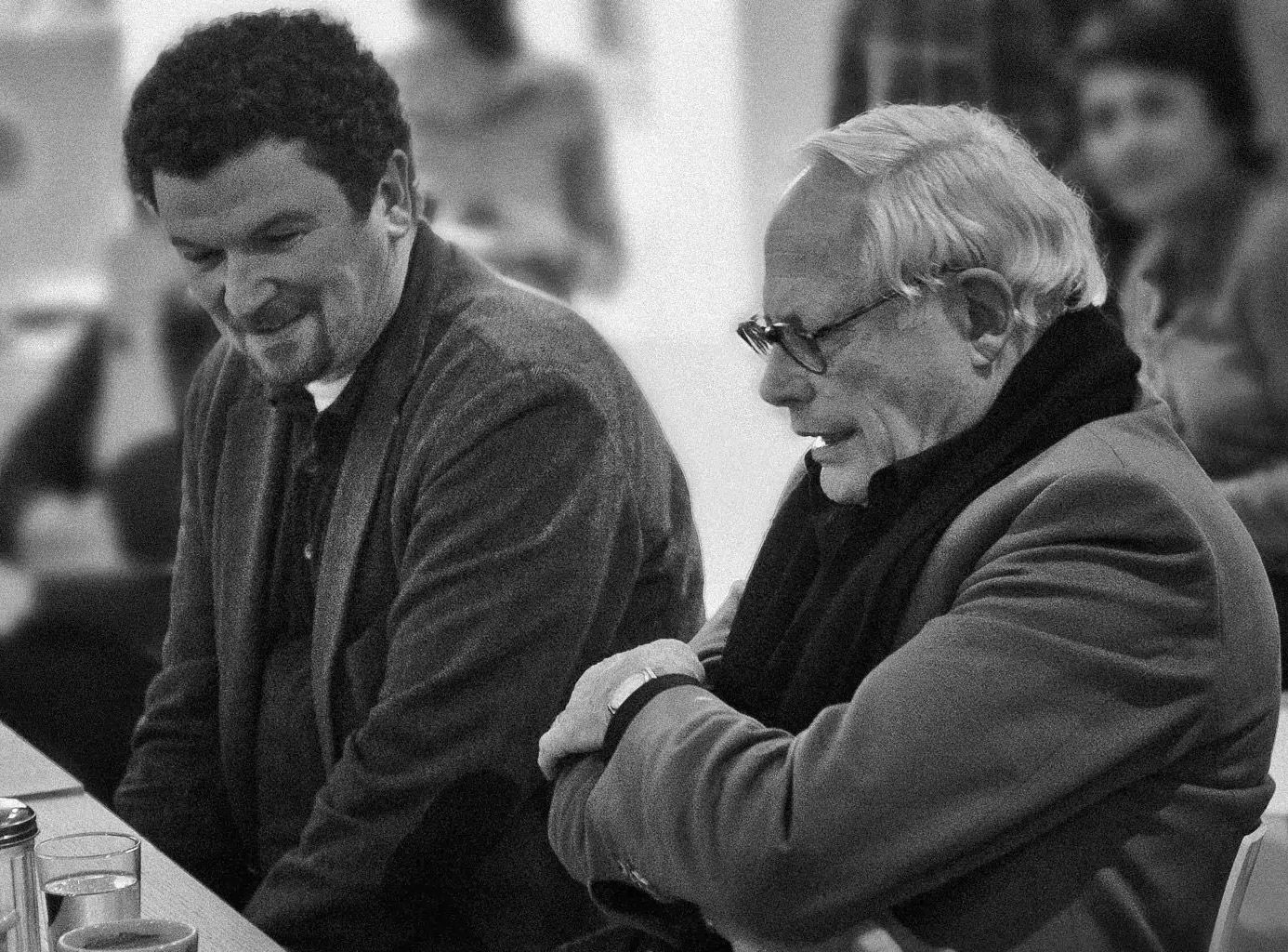
Der einstige Braun-Chef-Designer im Gespräch über den Co-Gründer der HfG.
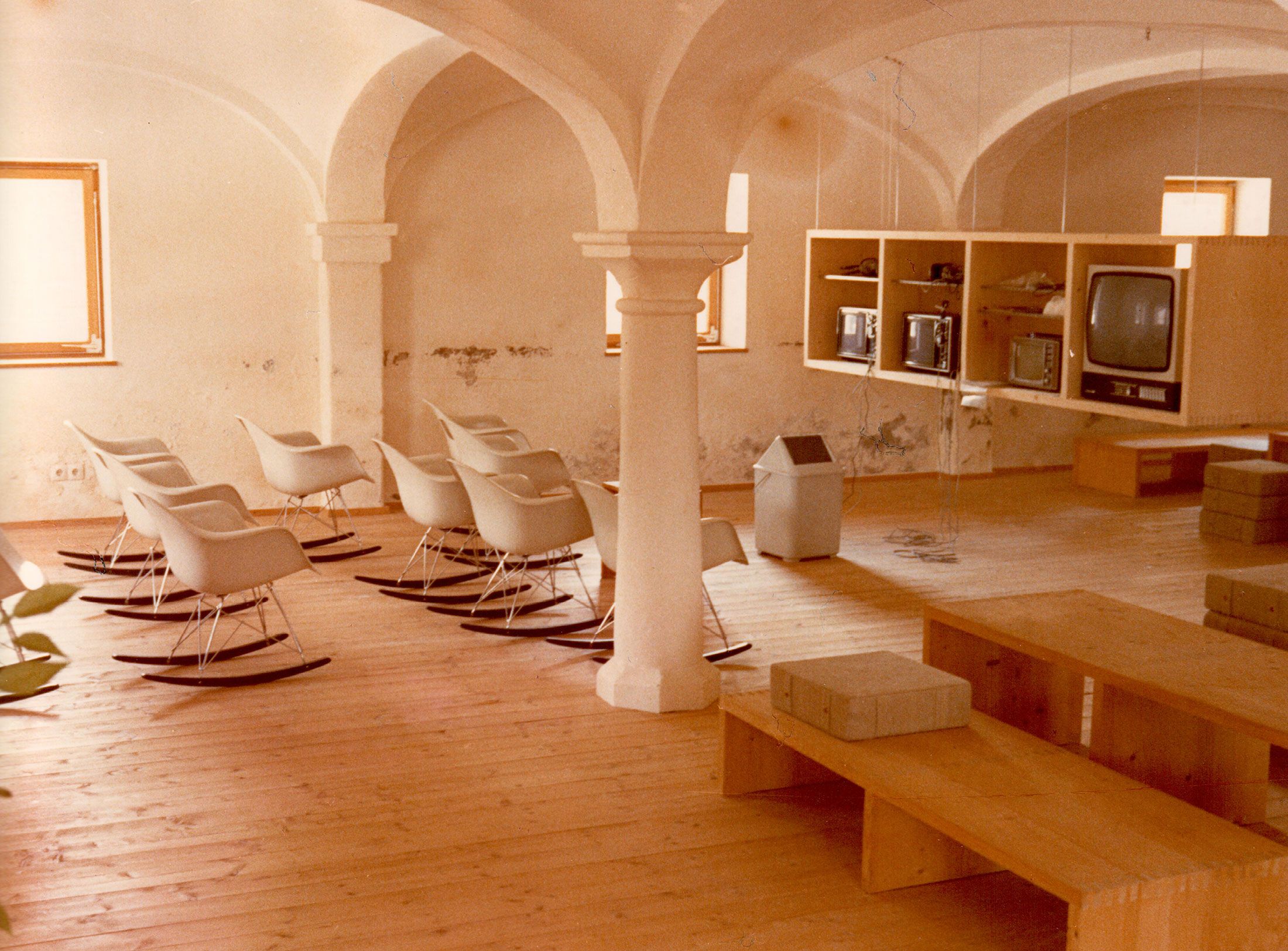
A Broadcast: What is his place in today’s world?
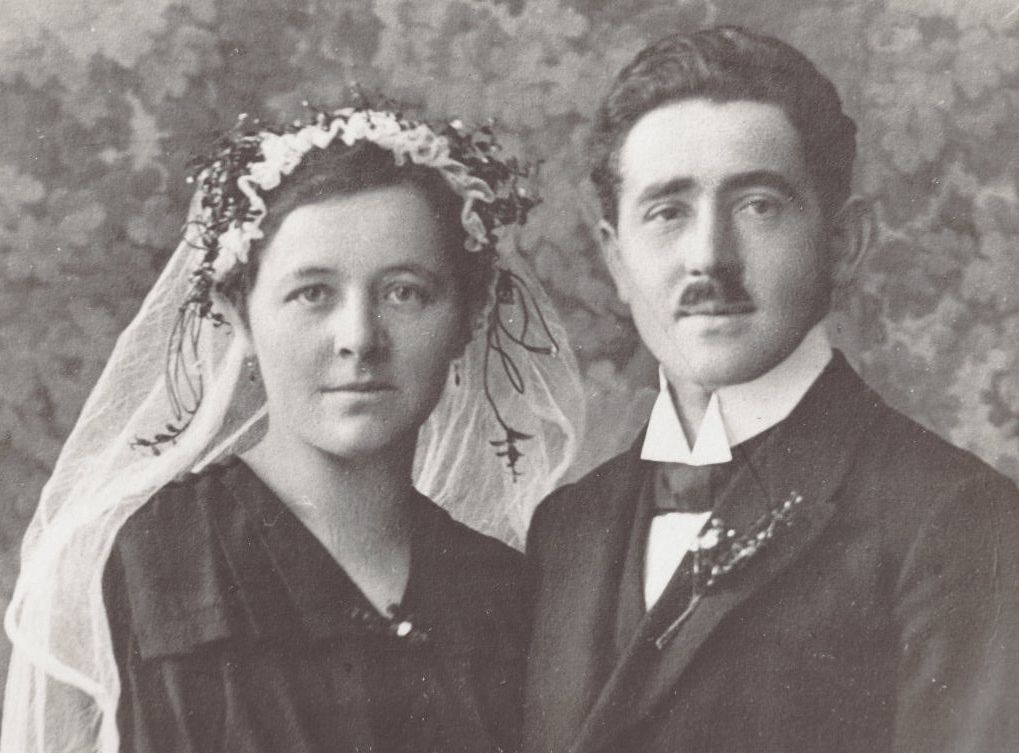
The Aichers: a brief family history.
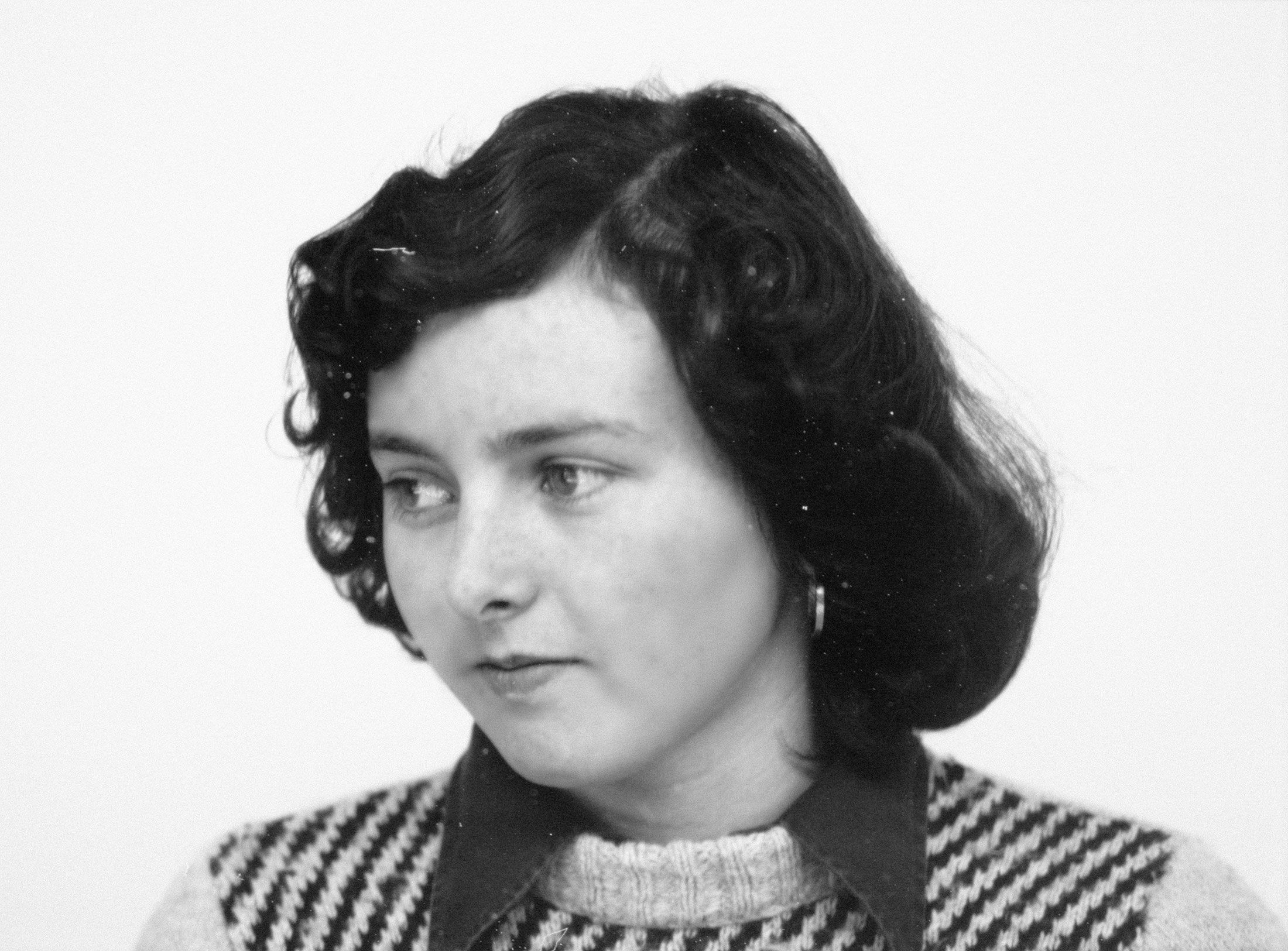
Drawing in Rotis: former Aicher co-worker Reinfriede Bettrich talks about hand sketches, the first computers and everyday life at the office.
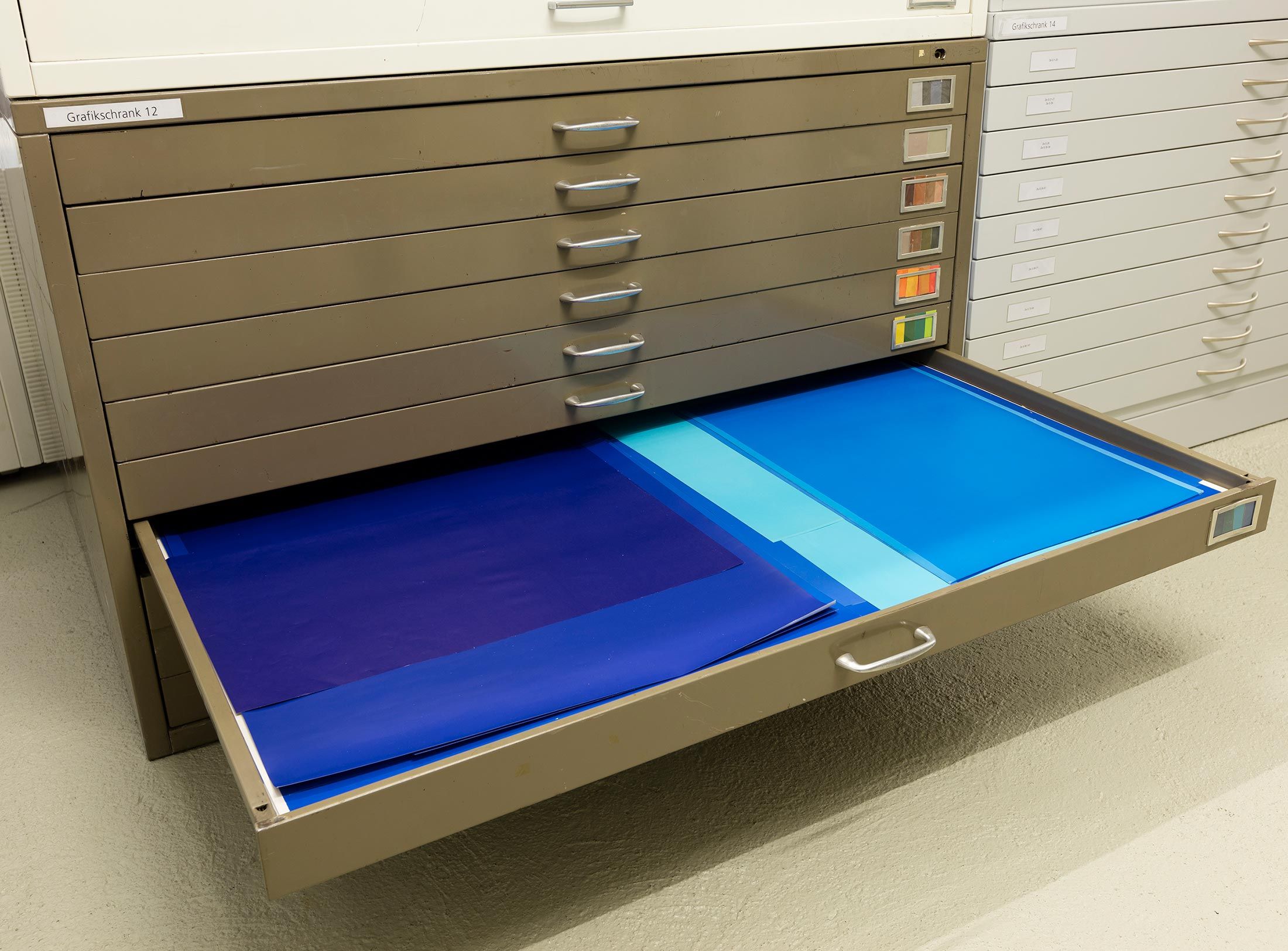
How Otl Aicher’s papers and materials came to the HfG-Archiv/Museum Ulm.
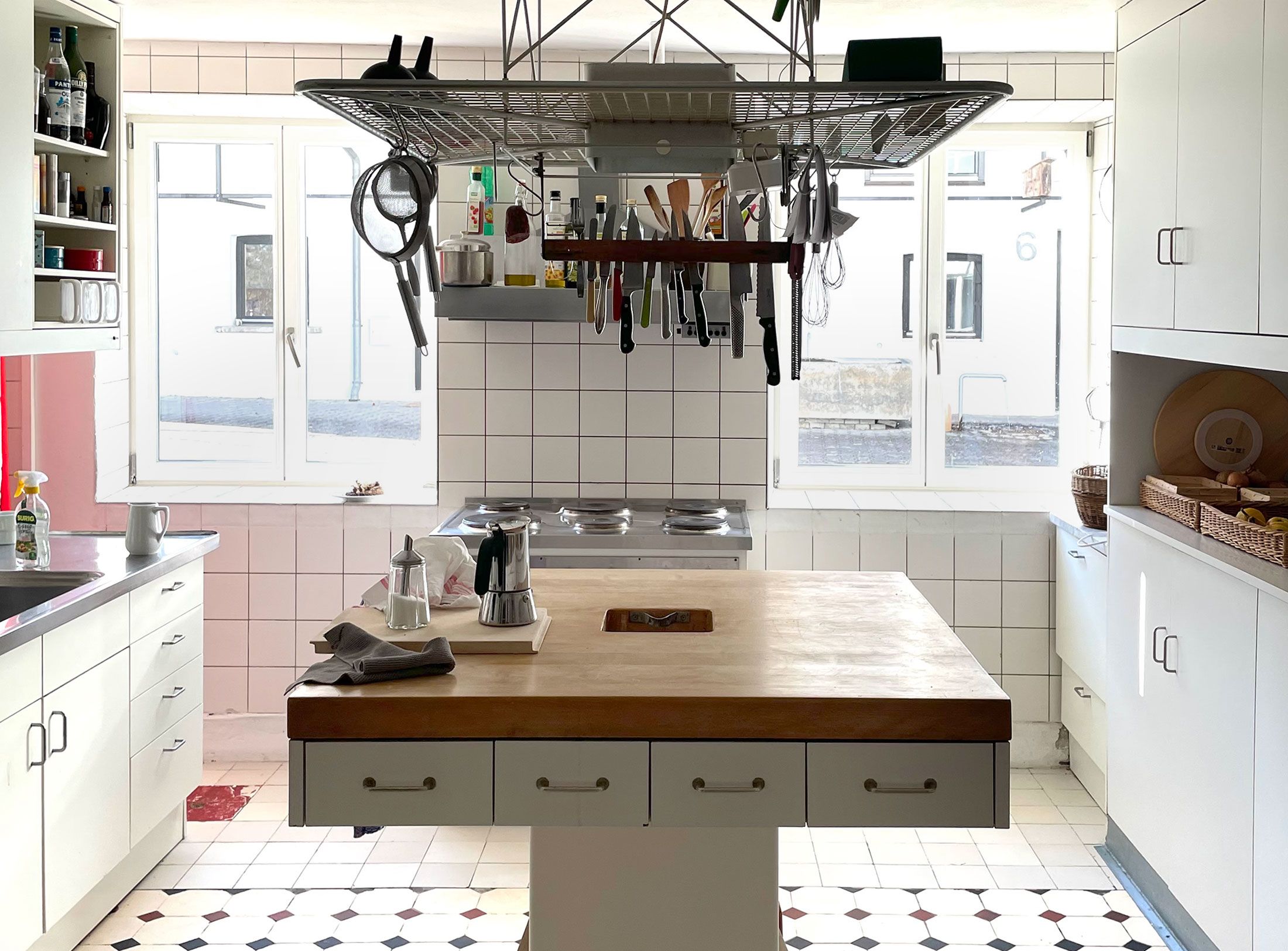
Die Küche zum Kochen (The Kitchen for Cooking) – the genesis of a book that has lost none of its relevance.
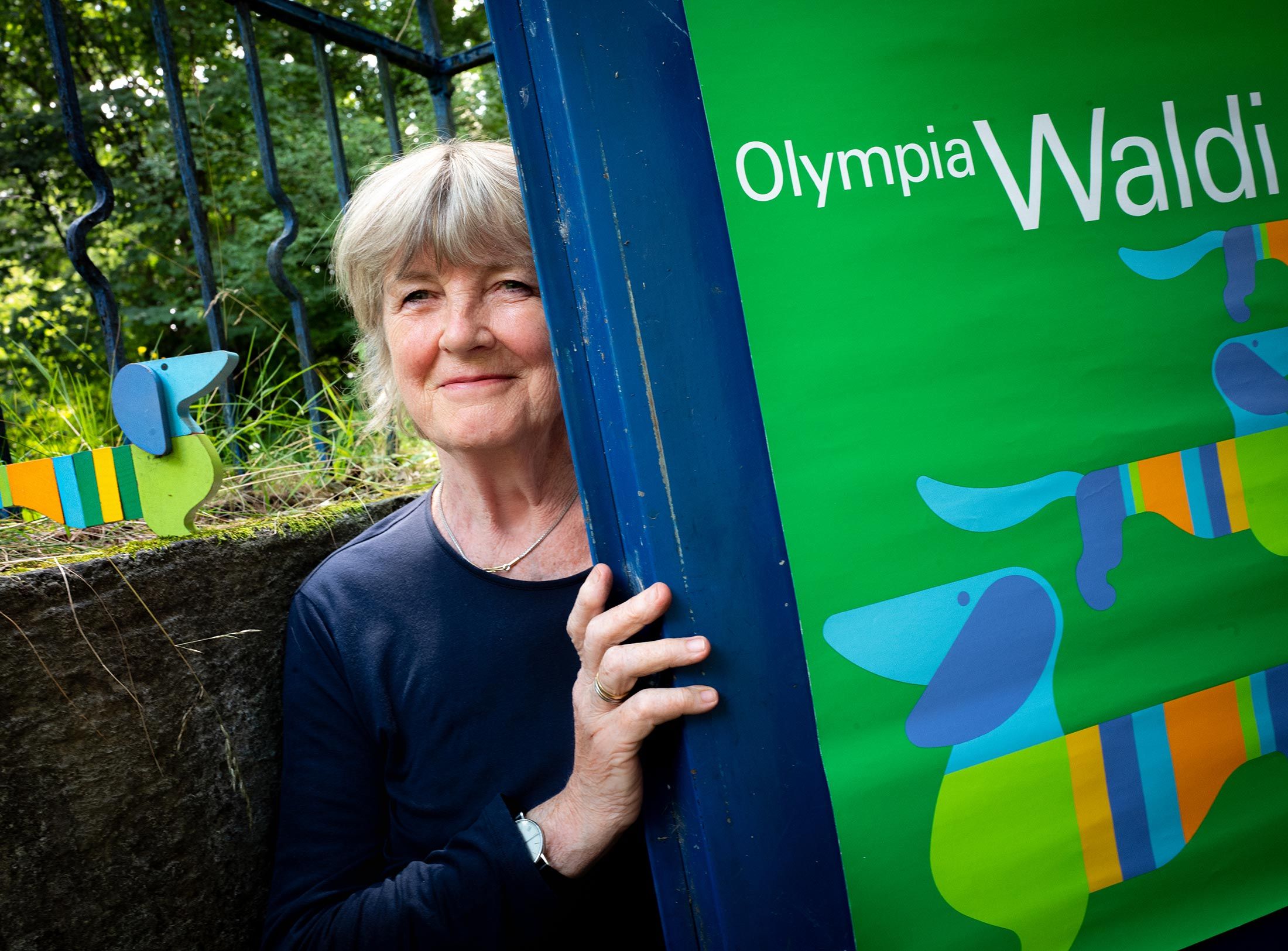
How a dachshund conquered the world: former Aicher staff member Elena Schwaiger on plush animals, fakes and the authentic mascot of the 1972 Olympic Games in Munich.
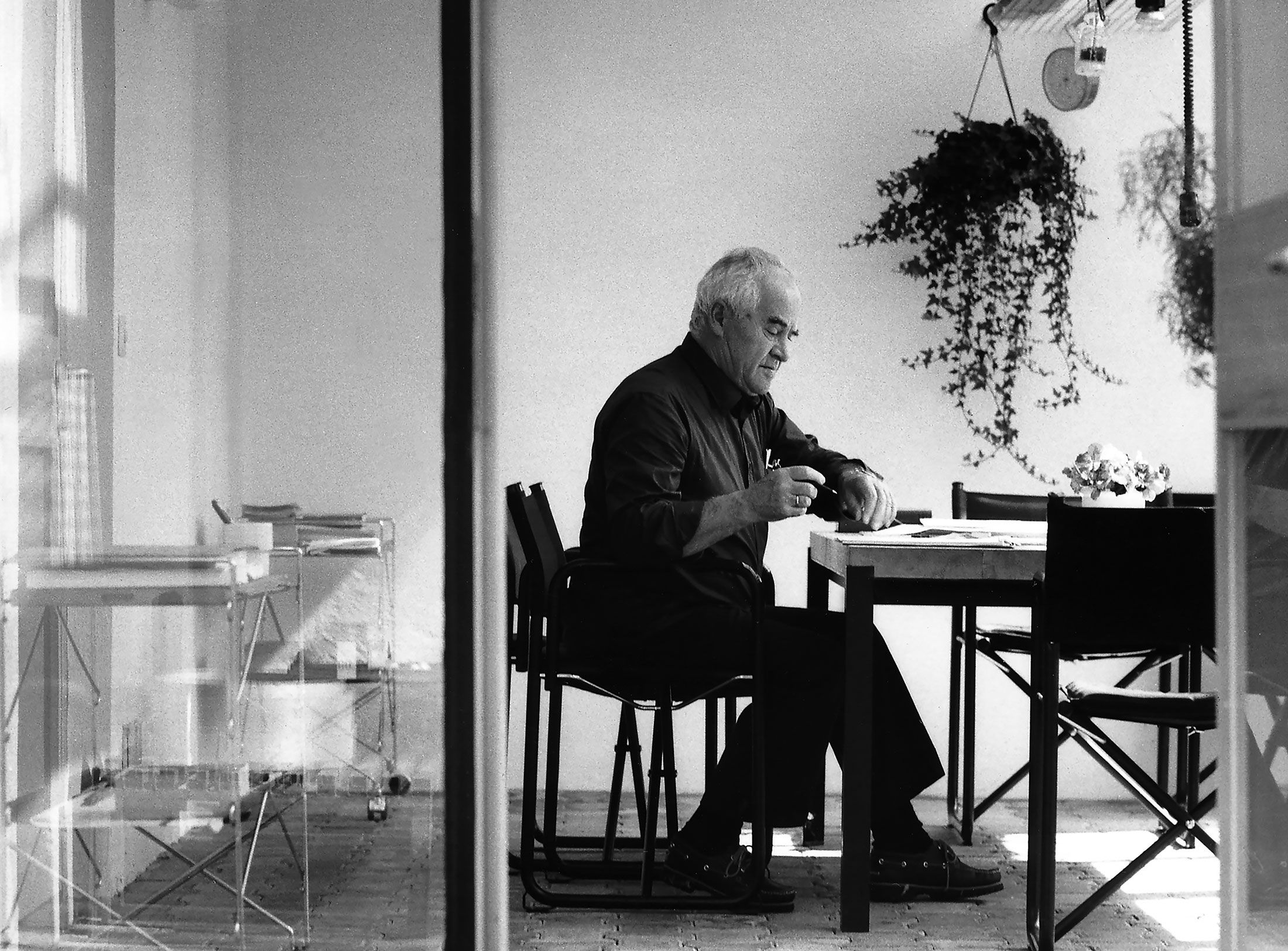
Le Violon d’Ingres or An Attempt to Defend the Writings of Otl Aicher.

Otl Aicher as the architect of Rotis.
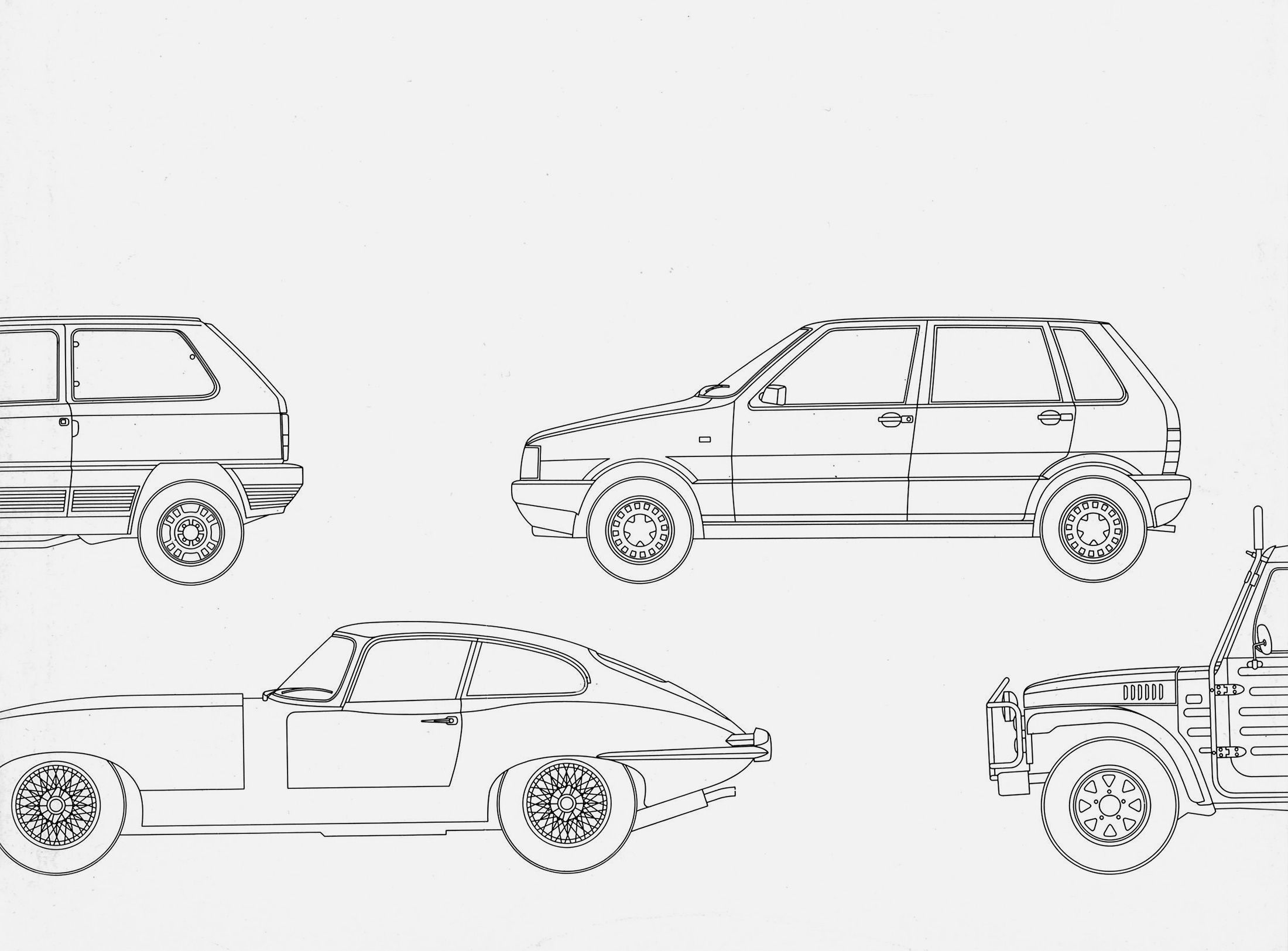
Otl Aicher and his critique of the automobile.
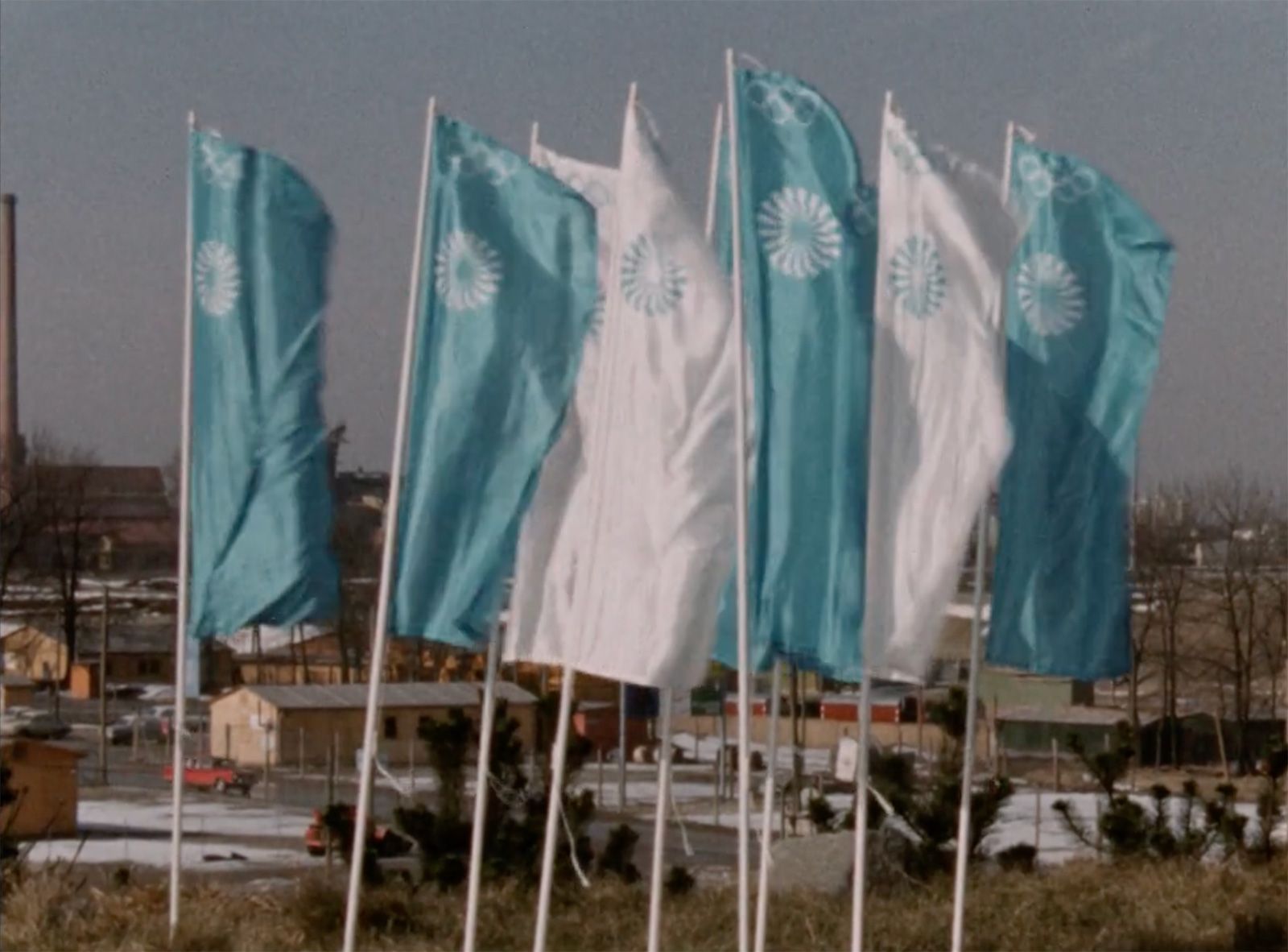
First broadcast: 15.02.1971 on Bayerischer Rundfunk, Munich (Only available in German).
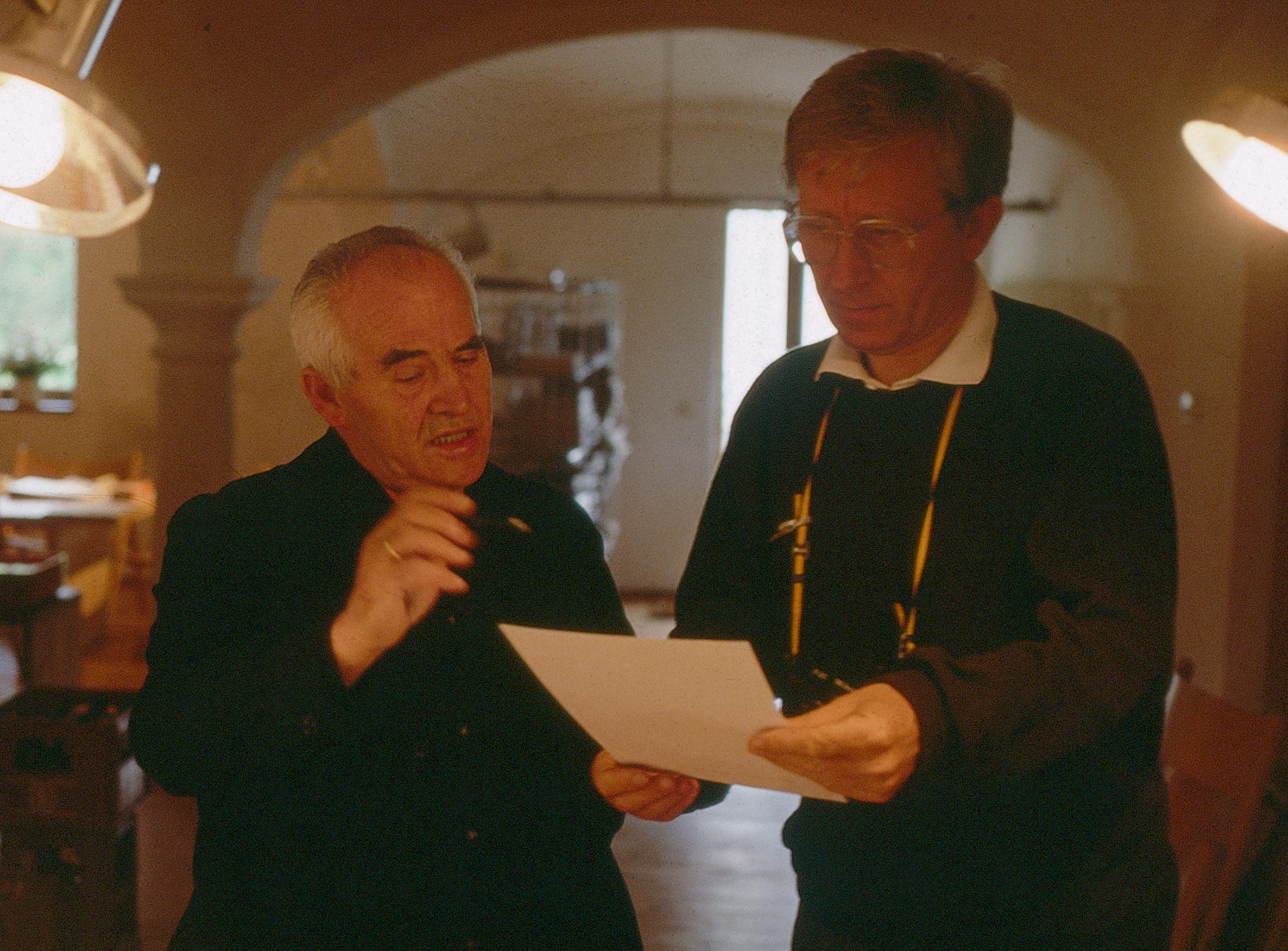
Interviewed: Jürgen Werner Braun on his collaboration with Otl Aicher.
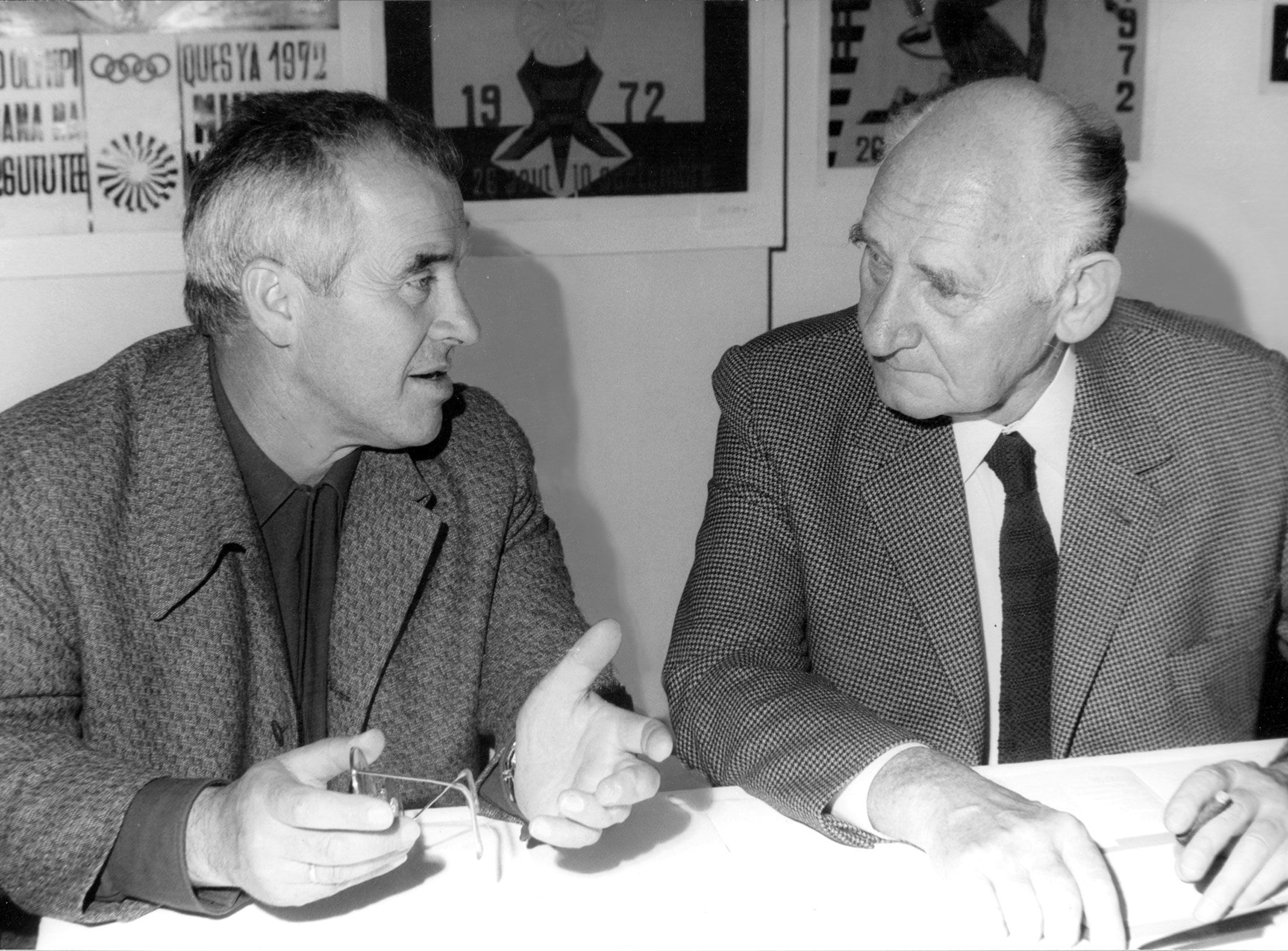
They created the signature of an epoch: designers Otl Aicher, Willy Fleckhaus, Anton Stankowski and Kurt Weidemann.

A joyful festival that united sport, design and art is what they had in mind. Designers from various disciplines developed a concept for a bright and cheerful Summer Olympics. In Munich, an open, transformed Germany was to present itself to the world. Among the architects and designers, there was no doubt at all that a new visual image was indispensable to the Federal Republic’s renewal.
Soon after the announcement of the city’s bid in December 1965, architect Werner Wirsing – chairman of the Deutscher Werkbund Bayern (DWB) and, from 1967, a lecturer at the School of Design (HfG) in Ulm – had advised Munich’s mayor Hans-Jochen Vogel not just to implement far-reaching design measures “from the smallest printed items all the way to the shape of the main stadium,” but also to “form a committee to define the visual image of the Olympic Games […]. This committee should then develop consistent typography, all the graphics, the advertising, all the printed matter, the signage etc. so that it adds up to a consistent whole.”1 He also believed that should include holding competitions for the most important buildings so as to find “the best people for the job” and “turn the structures into a demonstration of exemplary contemporary architecture”.2
On 12 January 1966 – almost immediately after the bid had been submitted – Vogel asked Otl Aicher’s office to outline a concept for the visual features of the Olympic Games.3 In May 1966 Herbert Hohenemser, Munich’s head of cultural affairs, as well as a friend of Aicher’s from student days and a close confidant of Vogel’s, likewise underscored the great significance of a “visual image”.4 In the end it was Willi Daume, president of the National Olympic Committee (NOC) for Germany, who made a personal effort to have Otl Aicher appointed.5
On 24 July 1966 Aicher and Daume got to know each other at a joint meeting with Hohenemser at Ulm School of Design (HfG). The aim was to clarify what image of the Federal Republic should be conveyed. Aicher was provisionally appointed design director by the Organising Committee on 30 September 1966 and received a contract for work and services on 24 April 1967. To begin with, Aicher and his team were based in Hochbrück, a district of Garching (a town just to the north of Munich). In July 1968 he was given his own department within the Olympic Committee, which went by the name of Dept. XI, Visual Design. Aicher, Daume, Hohenemser and Vogel constituted a group that acted with great commitment and competence to raise awareness for the importance of an all-encompassing visual identity and its implementation in the various committees.
Otl Aicher presents the concept to Chancellor Willy Brandt and Foreign Minister Walter Scheel. © HfG-Archiv / Museum Ulm
Architecture as an integral part of the visual identity
Otl Aicher had submitted his first abstract on 23 March 1966, a good two months after the request. In it, he had already outlined the main features of the concept as well as the architecture’s significance for the games. “The efficacy of the visual identity depends on its consistency. The colour scheme, type, signs and symbols should all follow a consistent concept. In fact, it would even be desirable for the buildings to fit in with this concept too […].”6
Aicher saw architecture as part of an effective and holistic visual image: “The competition for the buildings alone is grounds to expect they will be an expression of contemporary cultural endeavours. A second area where we can demonstrate the cultural forces our country has at its disposal today is the visual identity.”7 Like many of the other planners who had come of age under the Nazi regime, including Günter Behnisch, Günther Grzimek, Herbert Hohenemser, Frei Otto and Werner Ruhnau8, he acted in the knowledge that there was a debt to be paid with regard to the German past: “Will the world believe us if we say that today’s Germany is different from the Germany of that time? Trust is gained not through words but by showing people visible proof and gaining their goodwill. It’s not so much about explaining that this is a different Germany as about showing it.”9
In his abstract, Aicher had expressed his hope that the architecture would be an integral part of this image too. When the architectural competition was decided on Friday, 13 October 1967, that hope became reality. The entry submitted by Behnisch & Partner won first place, selected by a jury that included Willi Daume and Jochen Vogel in its lineup and was chaired by the prominent architect Egon Eiermann. To Aicher, Behnisch & Partner’s design for the tent roof seemed like a “stroke of luck”, a symbolic metaphor of “playful improvisation” that would promote “sport’s integration with society” and the “interpretation of sport as play”. “And any child in the world can draw what the arenas in Munich will look like; they might get it wrong, but it will always look right.”10
The Oberwiesenfeld Design Group – common goals
A memorandum requested by the Organising Committee in March 1969 and entitled Communication at Oberwiesenfeld detailed the common guidelines of the Oberwiesenfeld Design Group, whose core members were Aicher, Behnisch, Grzimek, Hohenemser, Ruhnau and Carlo Weber, the project manager for the landscaping at Behnisch & Partner. Amenities like visitor service, information, orientation and food service, as well as landscaping measures, were all to be coordinated, as were the artistic activities and a play street.11
The authors of the memo agreed that “the utmost importance should be attached to the combined effect of service, artistic activities and the entire design sector”, and that “Art must not merely be decoration for a major event; it must provide scope for engagement, contemplation and the freedom to form one’s own opinion.”12 Rather than being a decorative accessory, the design should be geared towards its utility, integrated into the course of the Games and directed towards a common message. This aim had already been specified in the competition by the concept of “non-architecture”, developed as landscape with situations and places rather than as “architecture”, and by the tent roof with its vivid imagery. This gave rise not to fixed geometric orders but to a free organisational principle that allowed different large and small elements to be structured without a hierarchy in accordance with the landscape theme – with a view to their post-Games usage as the premise.
In keeping with these fundamental principles, landscape architect Günther Grzimek moulded a green play, sports and leisure landscape as a “utility landscape”. It was to provide opportunities for autonomous self-expression, i.e. not to be a “decorative end in itself” but to perform “a serving function with the best possible qualities in terms of utility”13 and be suitable for free and informal use – for play, rest, sitting or activities. And based on the same premise, Aicher did not just create the communication and sign systems as conveyors of certainty and orientation; at the same time, they were also intended to permit the greatest possible freedom by providing “indirect guidance through information, allowing the visitor to make up their own mind which path they should choose”.14
Especially in relation to art, it soon became apparent how important a common intention was, how interconnected the collaboration had to be. Aicher and Behnisch agreed that only “integrated art”, specifically created for the place and the situation, could meet the standard of complementing the overall concept consisting of landscape, roof and visual identity. As the architect behind the Olympic structures, Günter Behnisch regarded the mountain, hollows, hills and embankments themselves as a sculpture that could tolerate little in the way of “competition” or “intervention”: he didn’t want the landscape idea to be interfered with in the interests of decorative accessorising. Aicher was also involved in all decisions relating to art and later, in his notes for the Regenbogenspiele publication, he emphasises the consensus among the planners and their attempts to intervene against “Signalkunst” (“signal art”): “The flags were kinetic enough […], the information signs and features were symbolic enough to leave adequate space for a standalone ‘signal’, just like ‘signal art’ does. […] The architects, landscape architects and graphic designers were engaged in a constant exchange of ideas which, among other things, led to the view that no more decorative artworks belonged on this site – even though corresponding competitions were being held. Aesthetic ostentation was no longer compatible with the ideology behind the complex as a whole. The overriding criterion was practical value, not ‘wow’ value.”15
Visual identity as the “development-defining control mechanism”
Otl Aicher knew what he was talking about. In a seven-part series in German weekly Die Zeit entitled Classic Urban Development is Dead, he had published his “critical reflections on modern planning” – and one of the articles talked about Munich.16
Hubert Abress, director of the city’s Office of Capital Budgeting and the Olympic Games under Hans-Jochen Vogel, was very open to the suggestions.17 A working group consulted on the concept; by November 1970, Aicher’s staff Rolf Müller and Eberhard Stauss, together with Karl Ganser, who worked with Hubert Abress, had worked out the details and it was presented to the Olympic Committee in early 1971. The 106-page visual identity concept showed designs for traffic guidance measures, the equipping of urban gathering places like pedestrian zones and squares, information systems with street signs, the design and accentuation of urban and landscape situations, as well as recommendations for the region and city.
Aicher had defined four attributes and planned to portray them using new means: youthful-cosmopolitan-joyful, informal-cheerful-traditional, courtly-magnificent-artistic and leisure oriented-scenic-close to nature. The three-phase concept included a core programme that involved adorning the most important radial roads and central points in the city, such as the Viktualienmarkt and the underground and local train stations, with the same clusters of flags, banners and posters used on the Olympic grounds. The supporting programme was aimed at the private sector: the idea was to get ahead of companies who might otherwise do things their own way by providing consistent guidelines for things like window displays and neon signs. The more far-reaching recommendations envisaged landscape situations that were to be equipped with newly designed basic elements like chairs, tables, lampposts, umbrellas and a kiosk.18 The concept was intended as a long-term development tool for the city and region, to “help visitors find their way, show them how to get to know the place and make the essence of the city more tangible”, as a “space for orientation and experiences”, in order to enhance the value of the experiences and intensify identification with the surrounding region.19
Sketches from the concept for the city of Munich’s visual identity, November 1970. Design: Otl Aicher © Florian Aicher, HfG Archiv / Museum Ulm, IOC
Sketches from the concept for the city of Munich’s visual identity, November 1970. Design: Otl Aicher © Florian Aicher, HfG Archiv / Museum Ulm, IOC
Sketches from the concept for the city of Munich’s visual identity, November 1970. Design: Otl Aicher © Florian Aicher, HfG Archiv / Museum Ulm, IOC
Sketches from the concept for the city of Munich’s visual identity, November 1970. Design: Otl Aicher © Florian Aicher, HfG Archiv / Museum Ulm, IOC
Sketches from the concept for the city of Munich’s visual identity, November 1970. Design: Otl Aicher © Florian Aicher, HfG Archiv / Museum Ulm, IOC
Unsurprisingly, Aicher’s far-reaching measures met with fierce resistance from the politically appointed decision-making committees and were rejected as too radical. Nevertheless, there were unique colourful accents all the same thanks to the 5,000 flags that were eventually approved and distributed throughout the entire city and the Olympic landscape, and the rainbow colours on the Olympic architecture. Behnisch and Aicher agreed that the flags should be arranged in clusters: both regarded axial configurations as a symbol of power that should be avoided at all costs. But part of the reason why the design of the Games and Aicher’s concept had such a lasting impact is that the Organising Committee was very restrictive with regard to other advertising, company logos and emblems. As a result, he was able to prevent the erecting of traditional Bavarian beer tents in the Olympic Park – against the commercial interests of the breweries.
Clusters of flags in the Olympic landscape. © HfG-Archiv/Museum Ulm
Complete visual identity consisting of colours, roof, landscape and visitors. Photo: Christian Kandzia. © Behnisch & Partner
In many respects Aicher, the designer of the Olympic Games, and their architects, Behnisch and Grzimek, were fundamentally different, yet their comparable backgrounds and shared intentions had resulted in a bond that did not end when the planning reached completion. They believed that design could turn the social utopia of carefree co-existence into reality. “Our friendship stems from that time, despite a certain distance. We tended to meet on a casual basis, although we did get together at the Aichers’ for the traditional goose dinner on St. Martin’s Day on a regular basis, to begin with it was the Aichers, the Grzimeks, the Wirsings, the Stauss’, my wife and myself. […] The contrast between the rural situation in Rotis and Otl’s perfectionist quirks never ceased to amaze me. […] And when we came to visit, there was a pile of white paper on the living room table (A4, meticulously stacked). […] I really admired that, because the sheets of paper on my desk look as if a strong wind has just blown through. […] Well, I guess you could say we weren’t very alike. But we respected one another.”20
Aicher’s gift was the ability to translate his pictures and ideas into an organised system of rules, constants, signs and colours, while Behnisch expressed himself in the form of a free architectural order. This tension between the “free” situation-architecture-landscape and the systematic design principle with its accompanying colours undoubtedly contributed to the unparalleled mood and the very special atmosphere.
After studying in Stuttgart and Vienna, Elisabeth Spieker wrote her doctorate on the work of Günter Behnisch & Partner in 2005. From 2006-2014 she was a research fellow at saai Südwestdeutschen Archiv für Architektur und Ingenieurbau, KIT Karlsruhe, where she was in charge of the works archive of Günter Behnisch & Partner and various research projects. Among other things, she headed the DFG research project Olympia München 1972 and played a leading role in the city of Munich’s application to have the Olympic Park ensemble and sports facilities classified as a World Heritage Site.
Translation: Alison Du Bovis

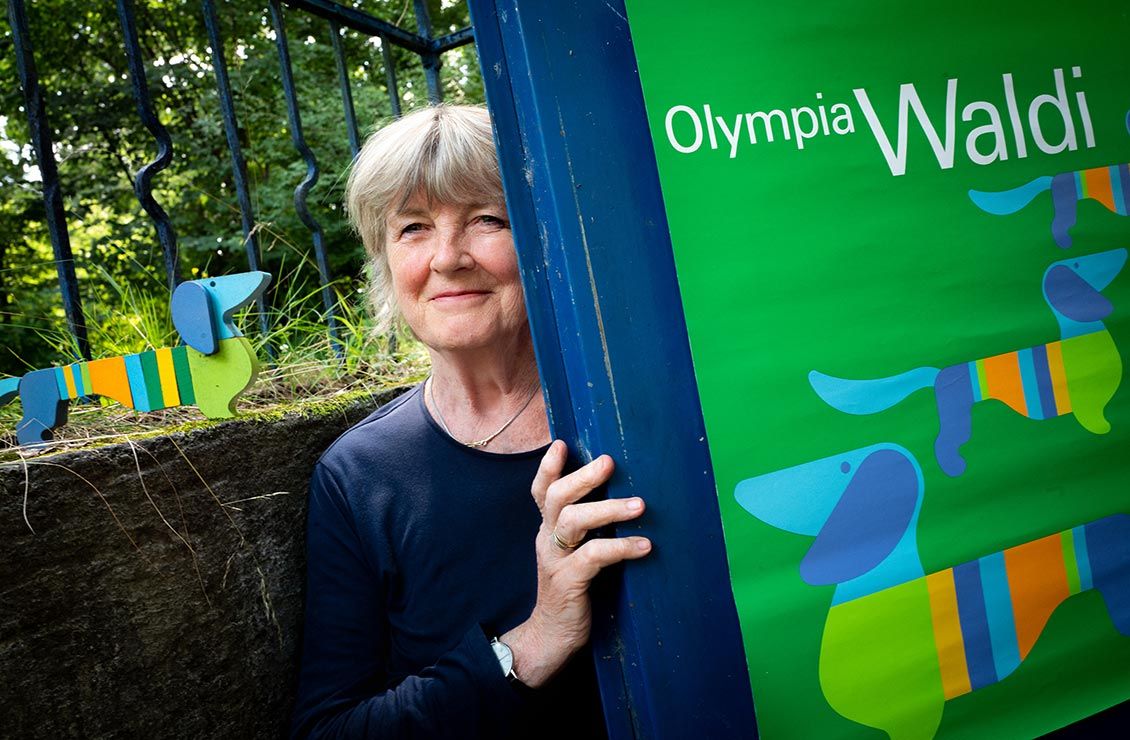
How a dachshund conquered the world: former Aicher staff member Elena Schwaiger on plush animals, fakes and the authentic mascot of the 1972 Olympic Games in Munich.

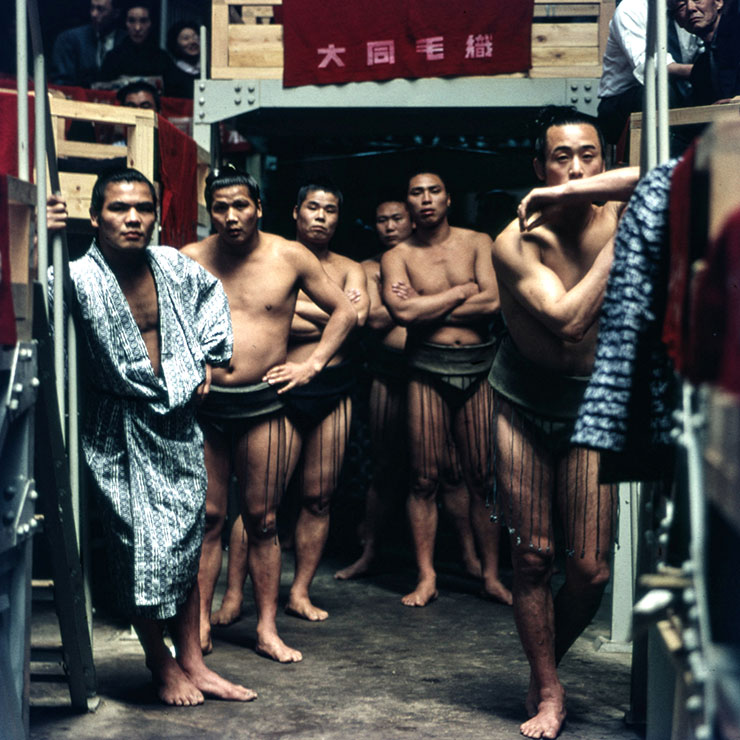
Absolute sharpness, reduction and strict rules determine the character of his pictures: Otl Aicher as photographer.
